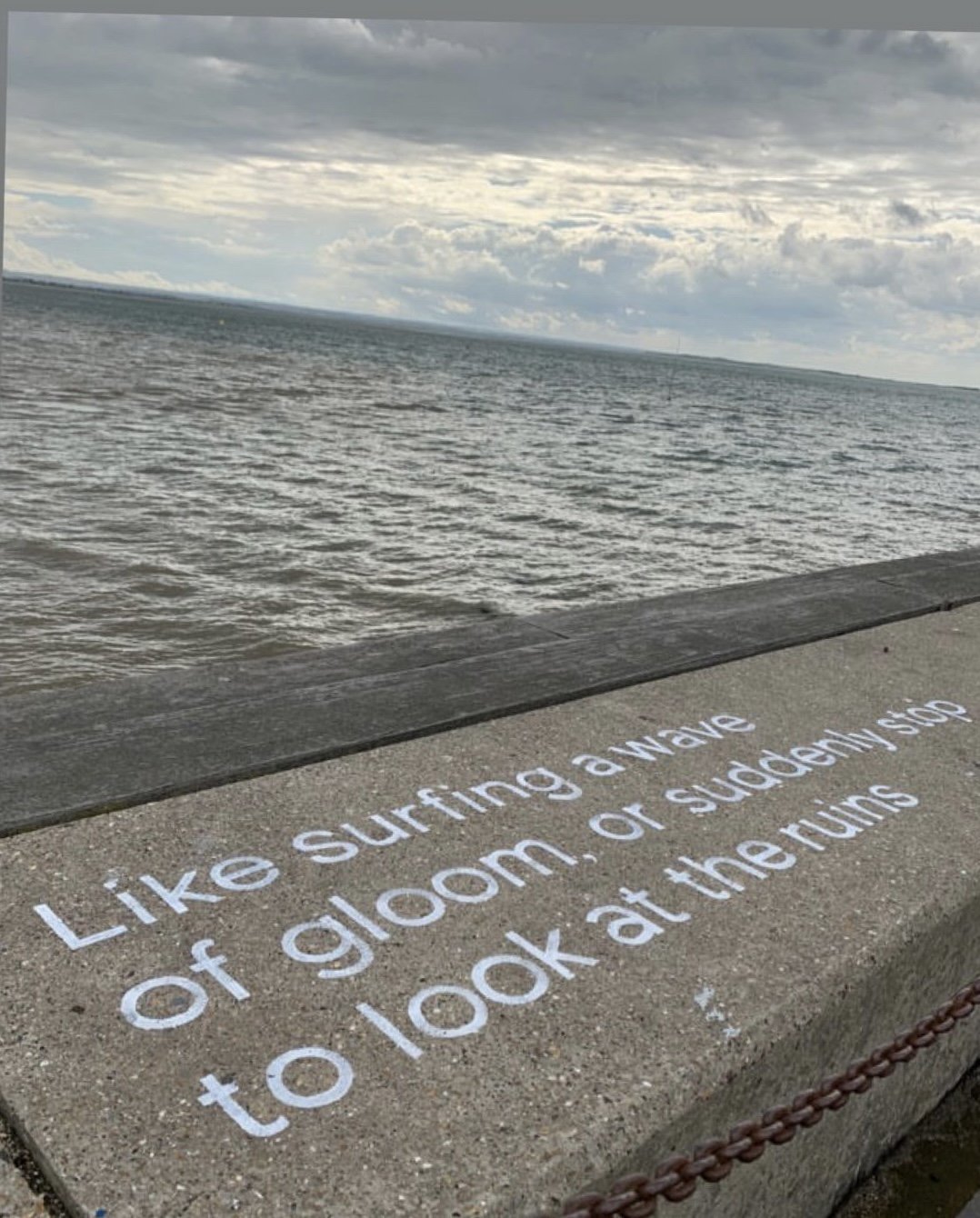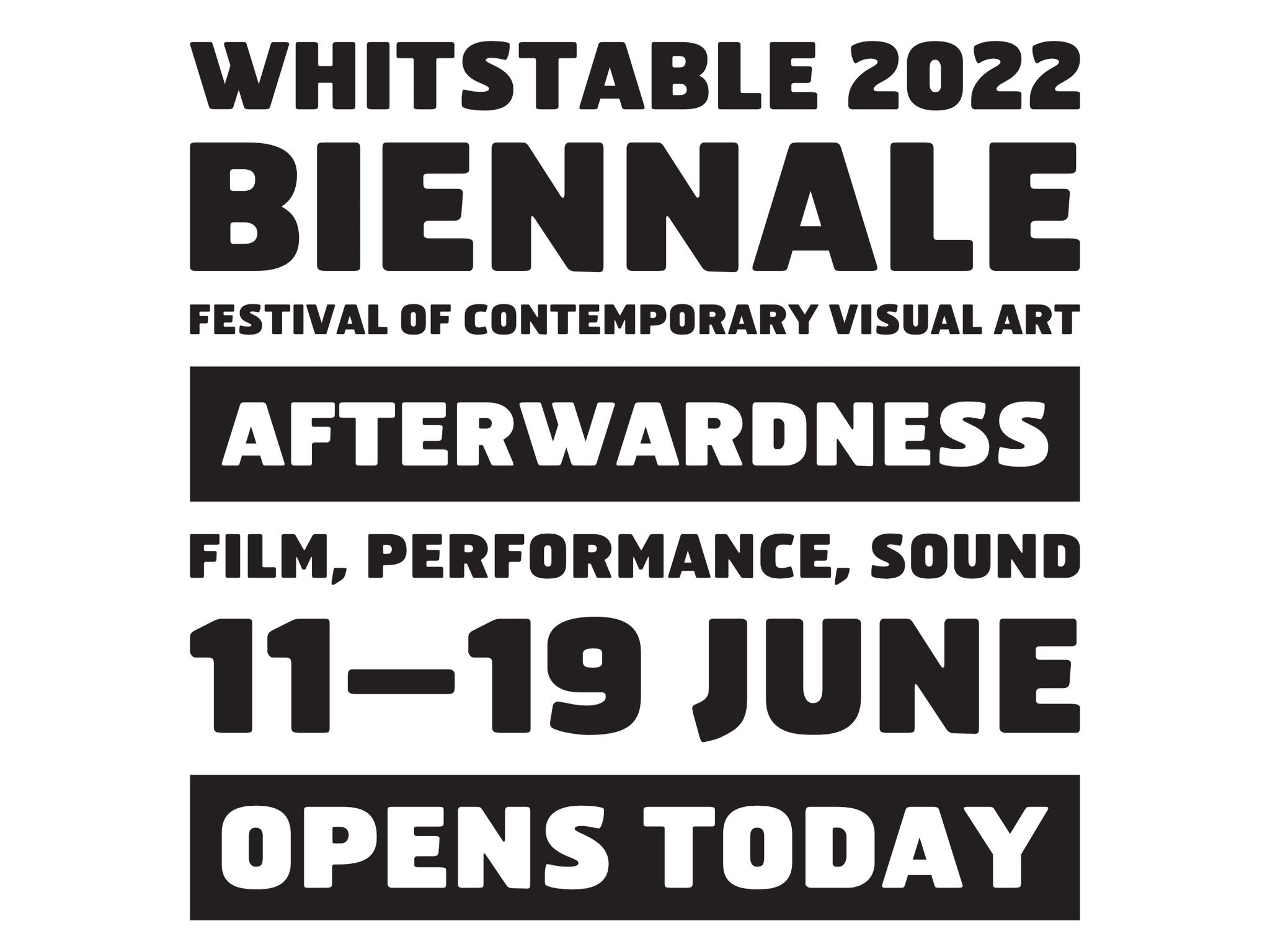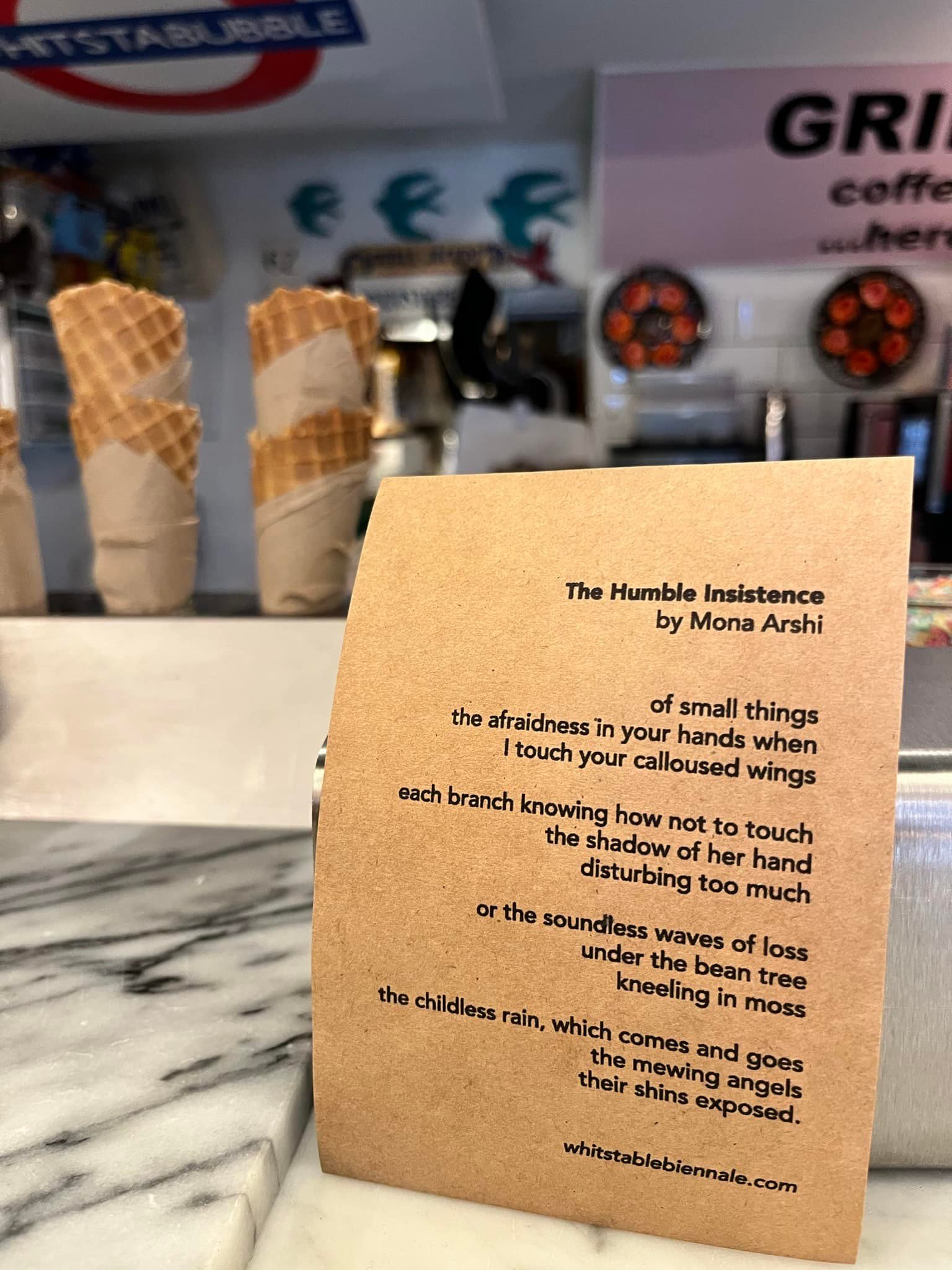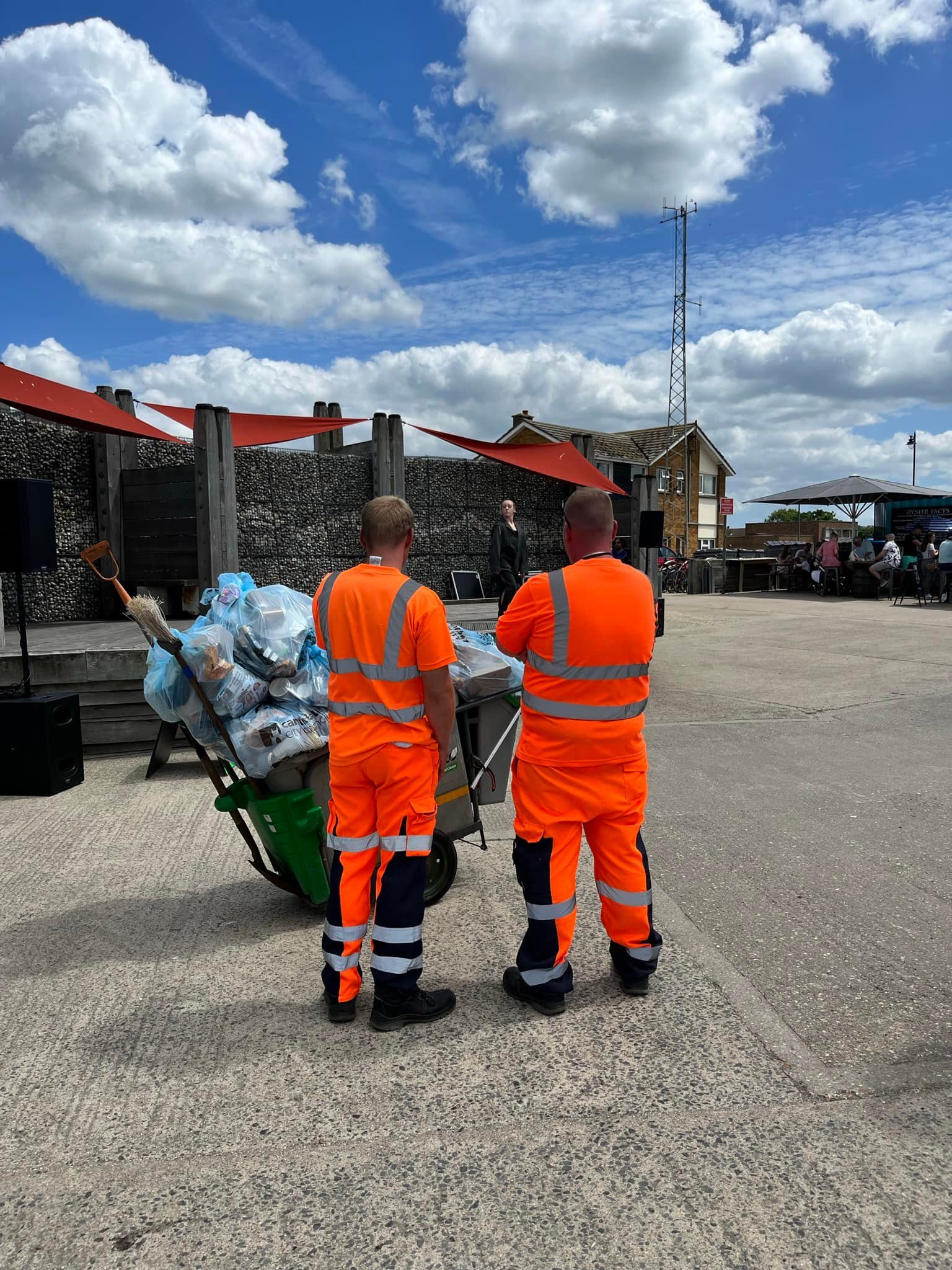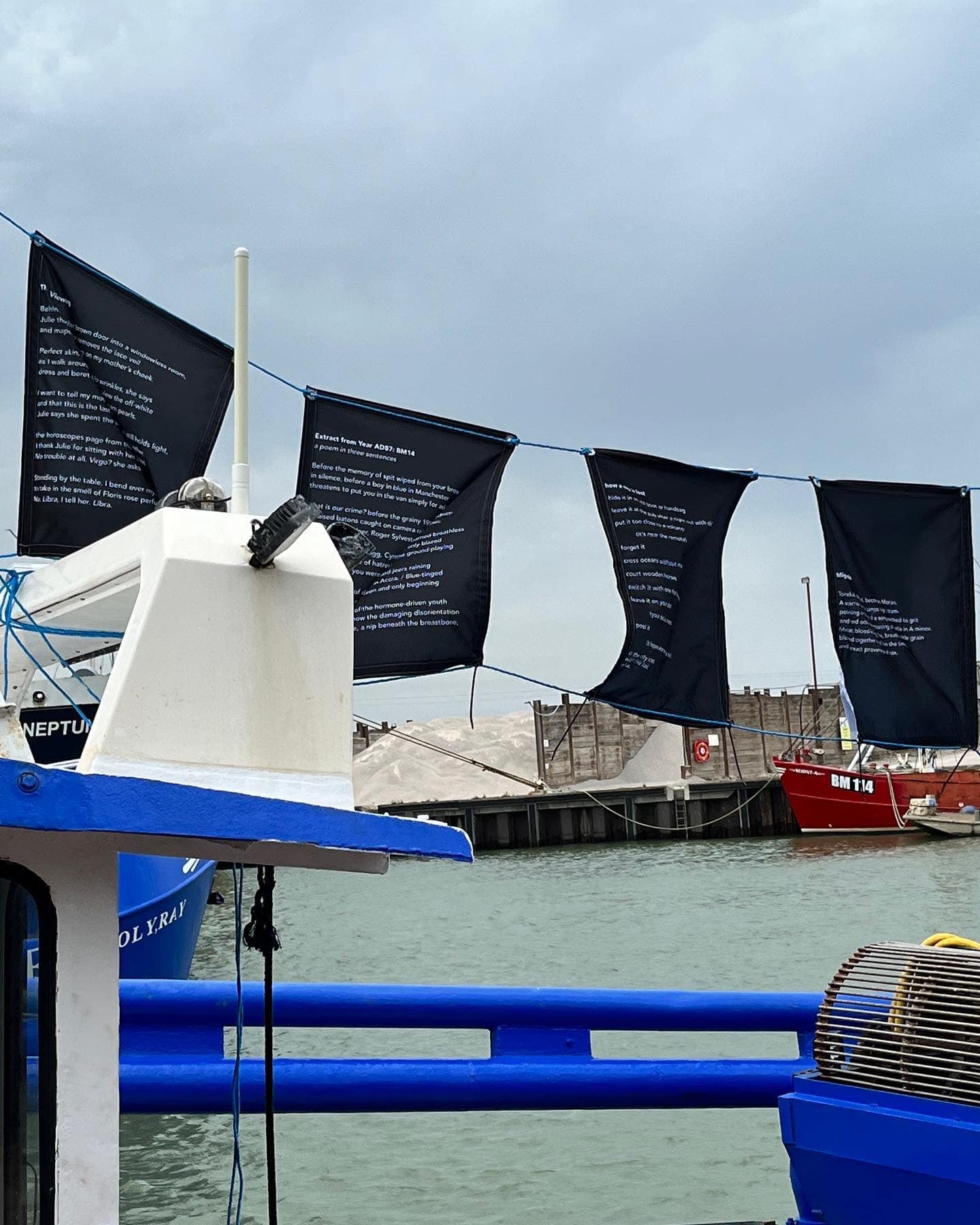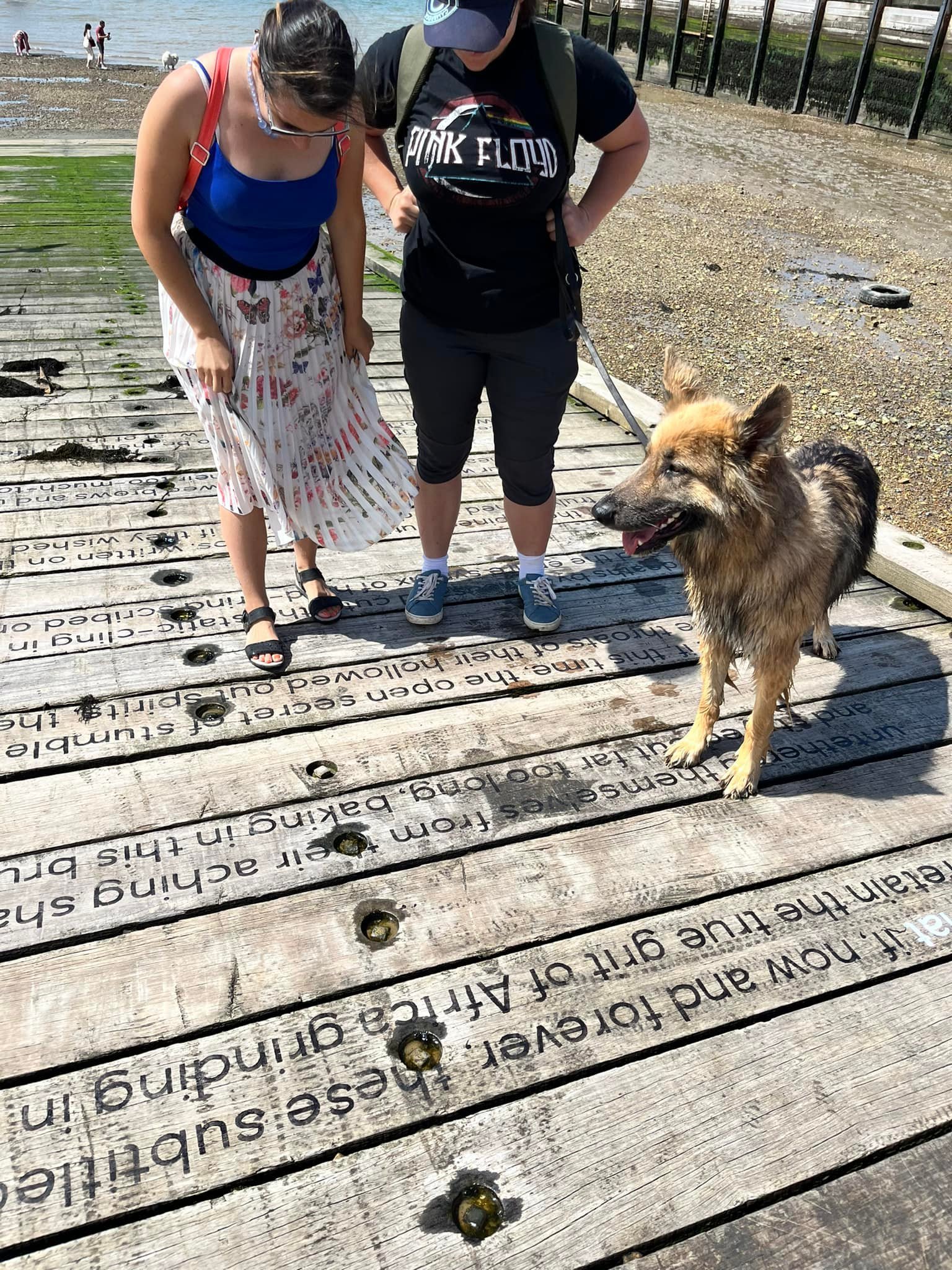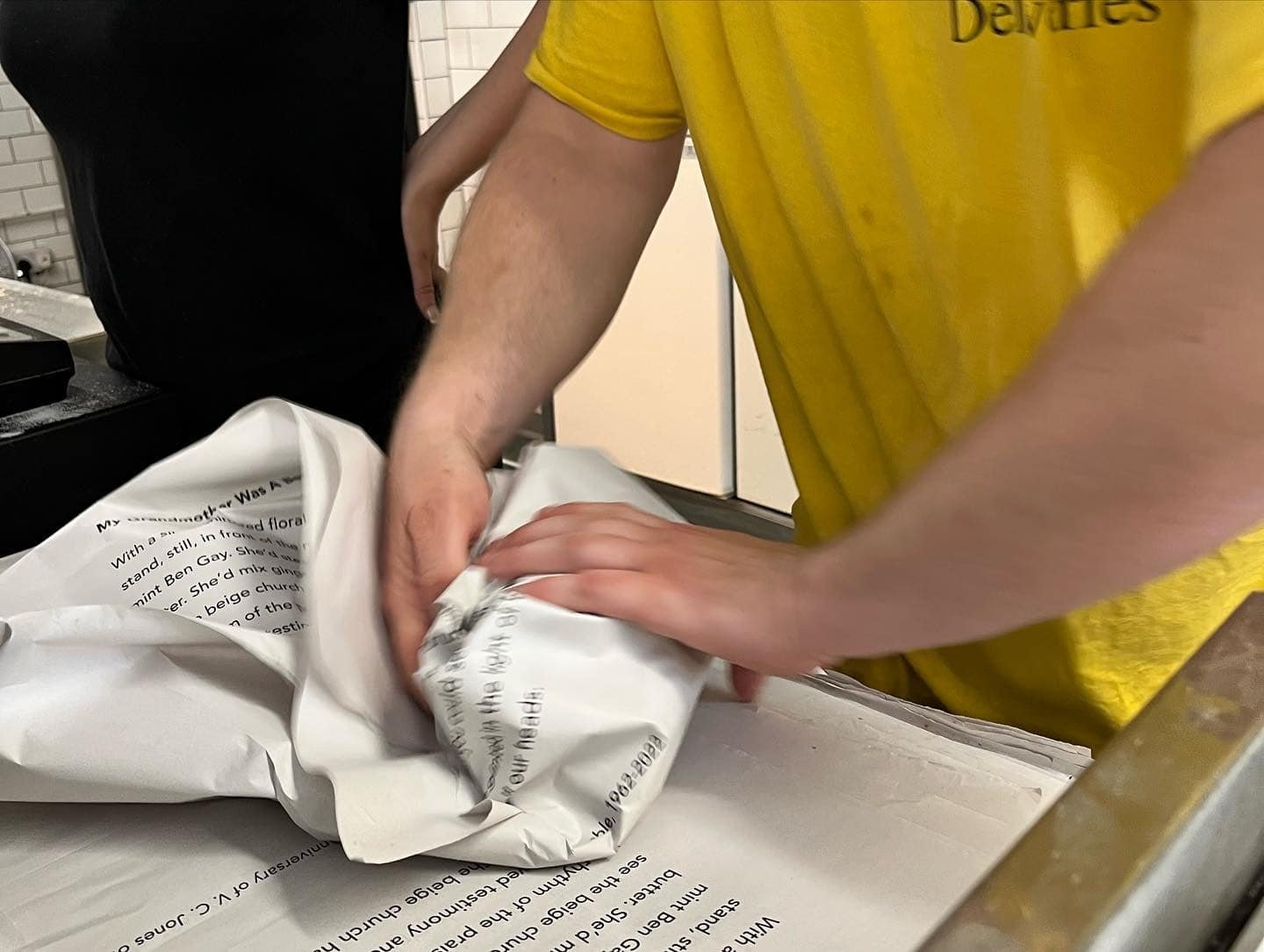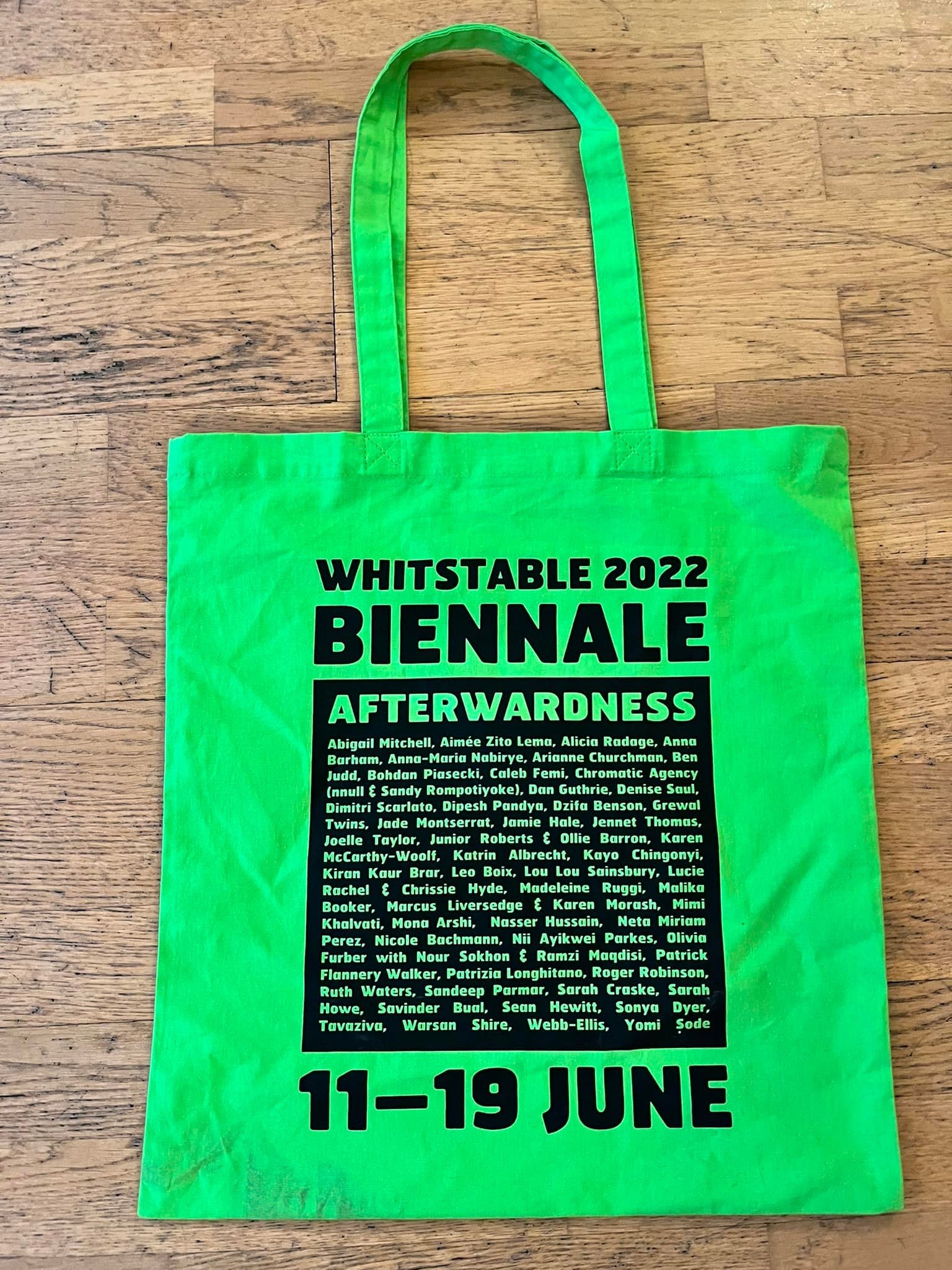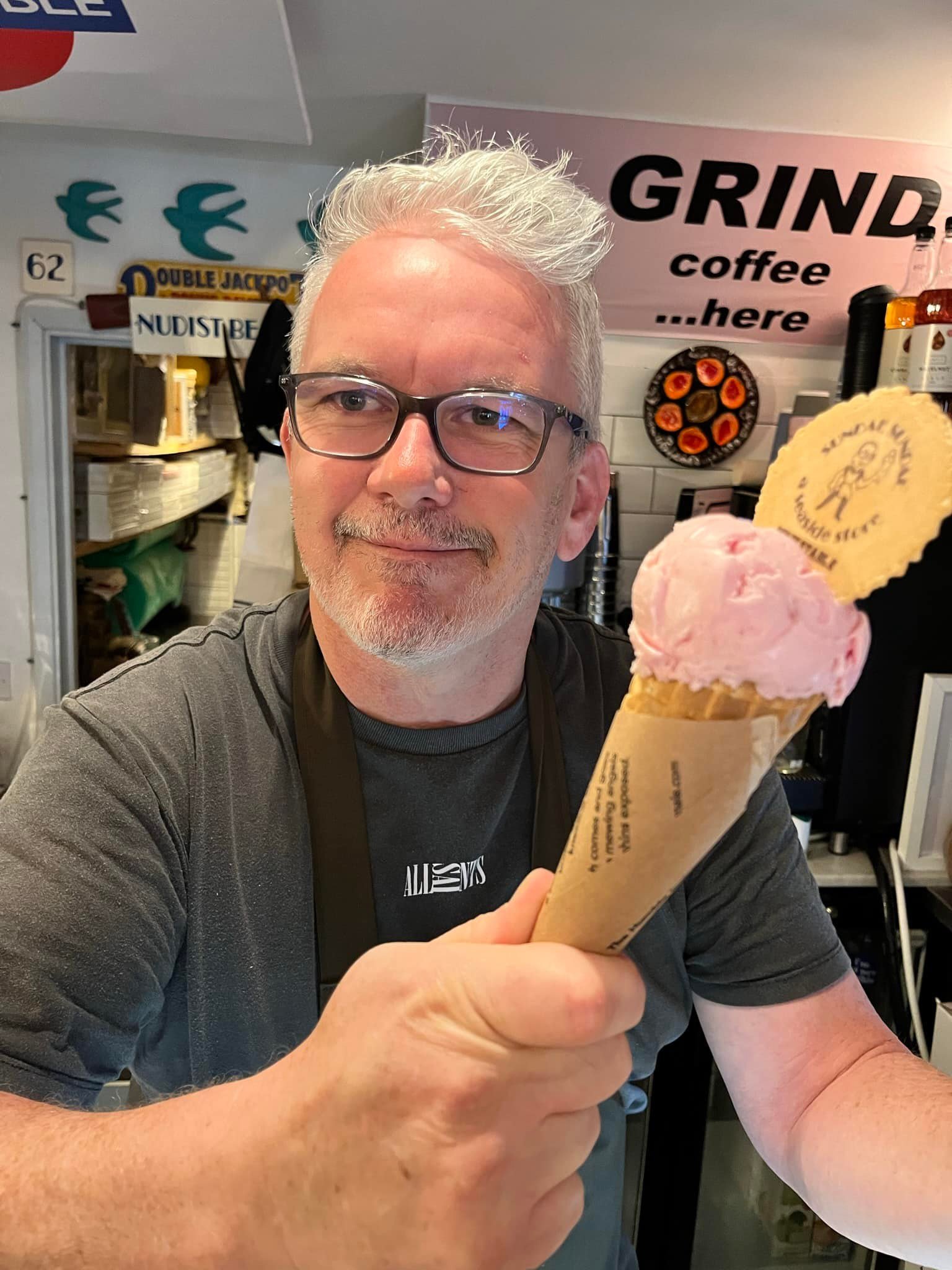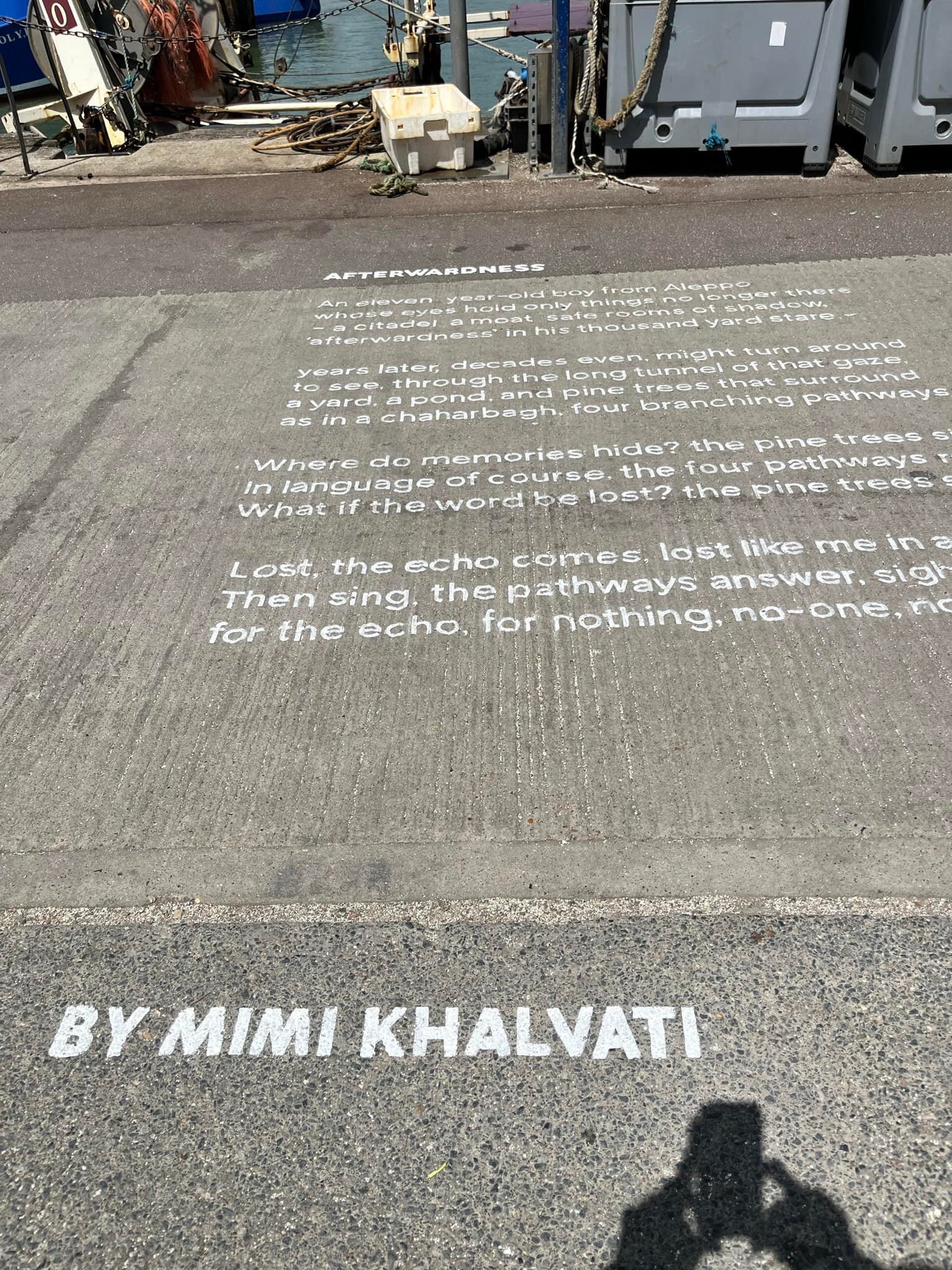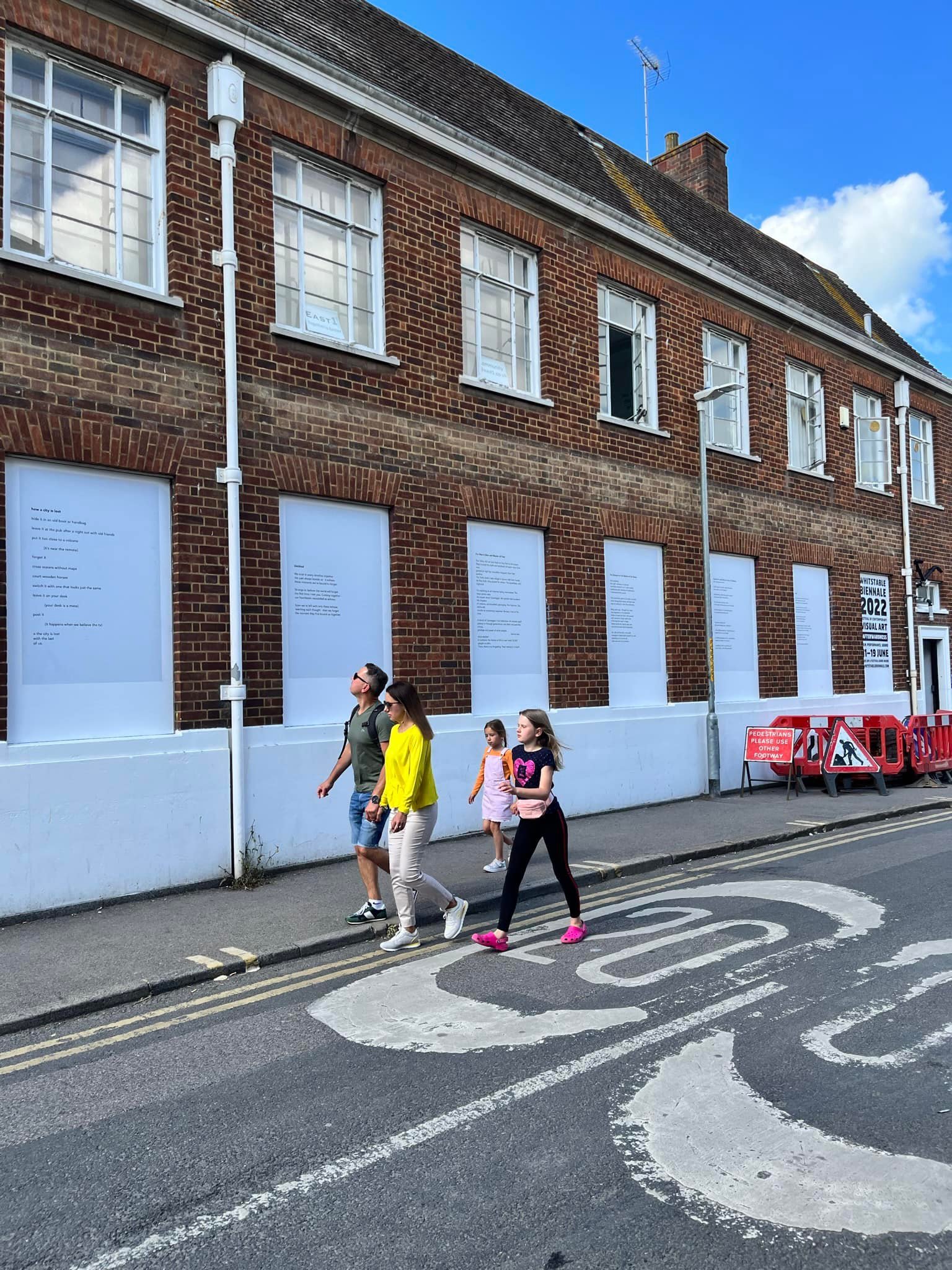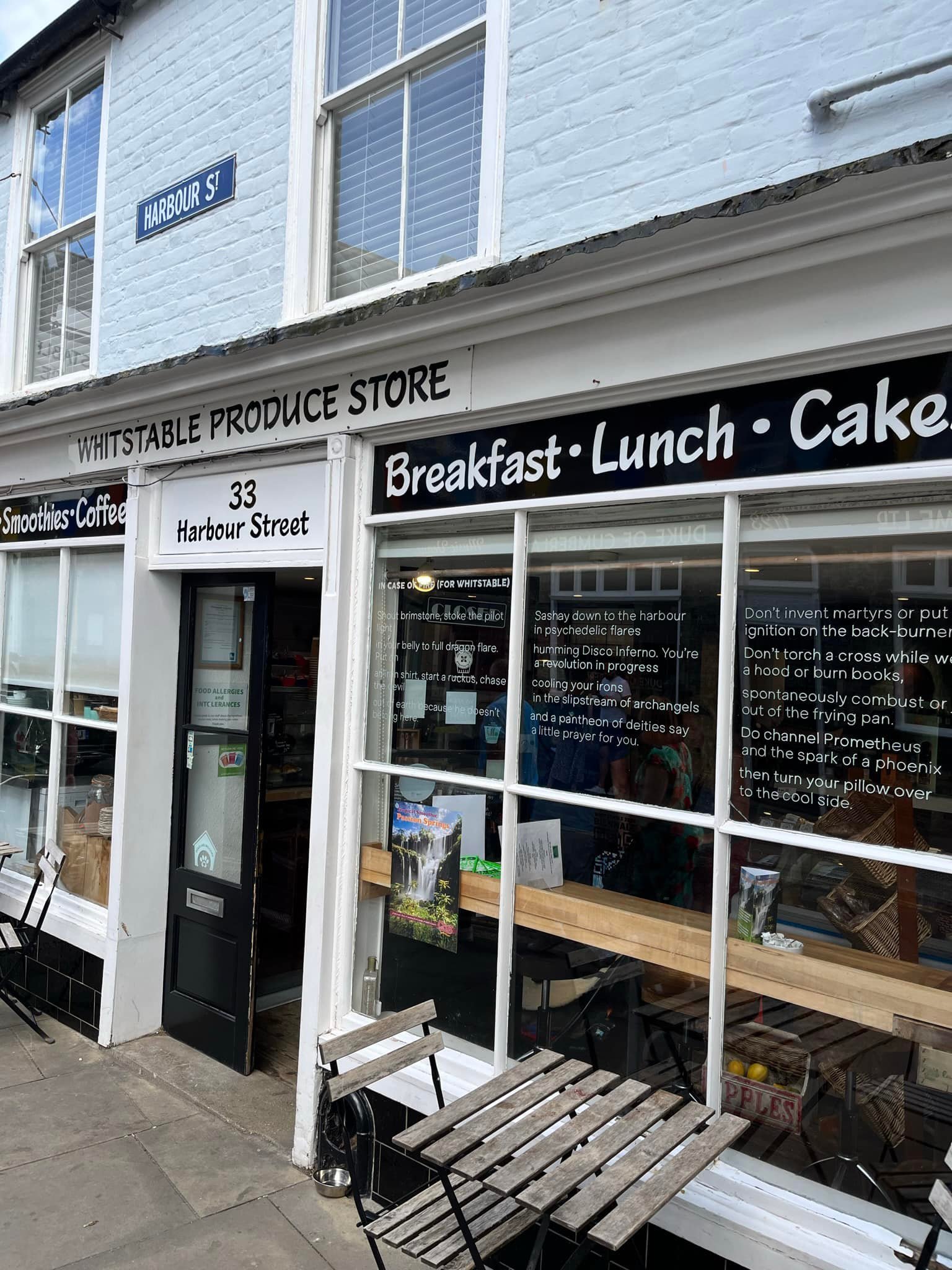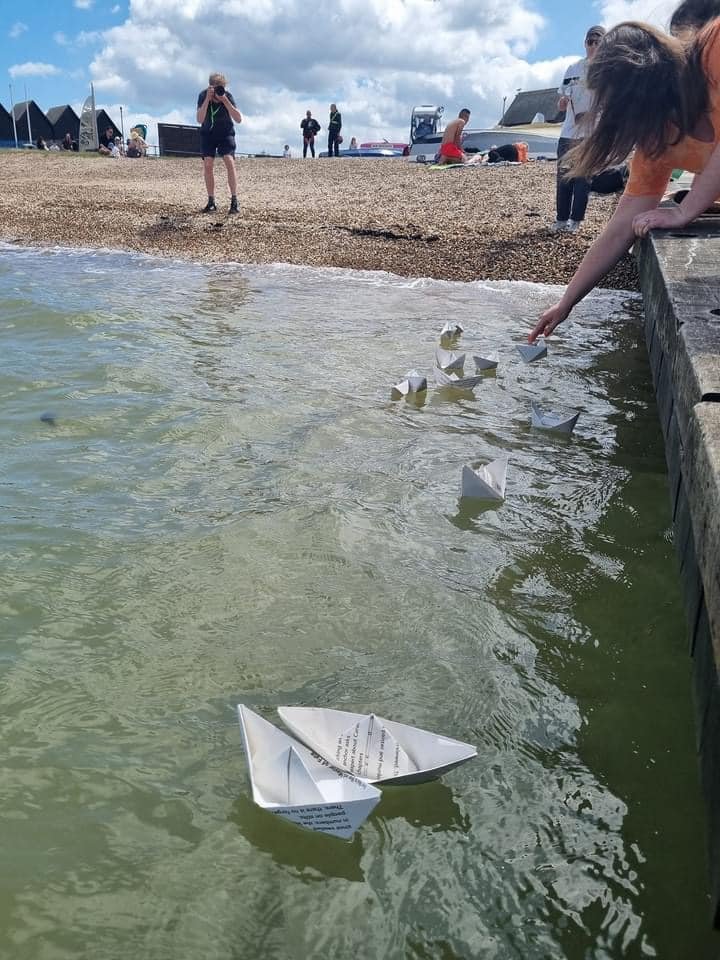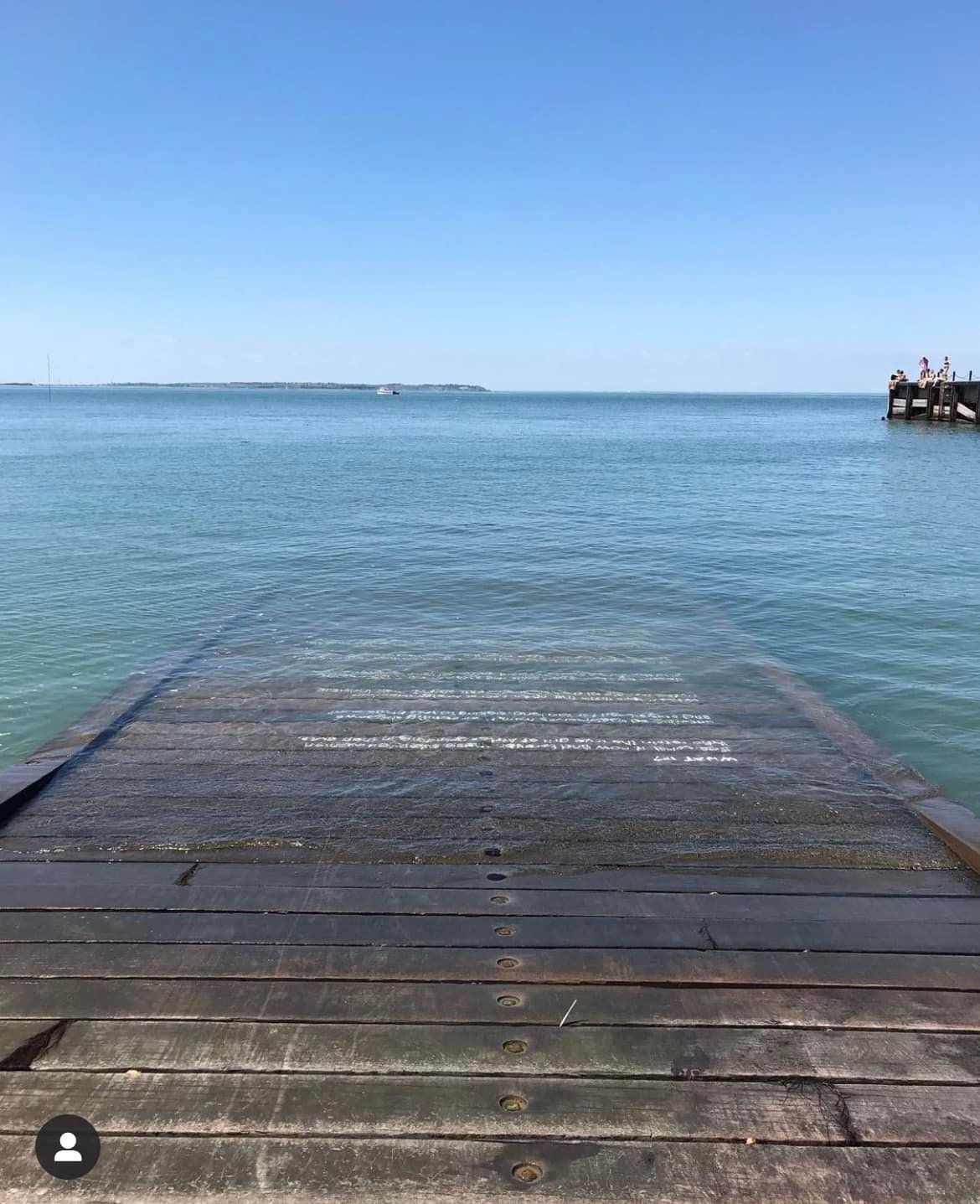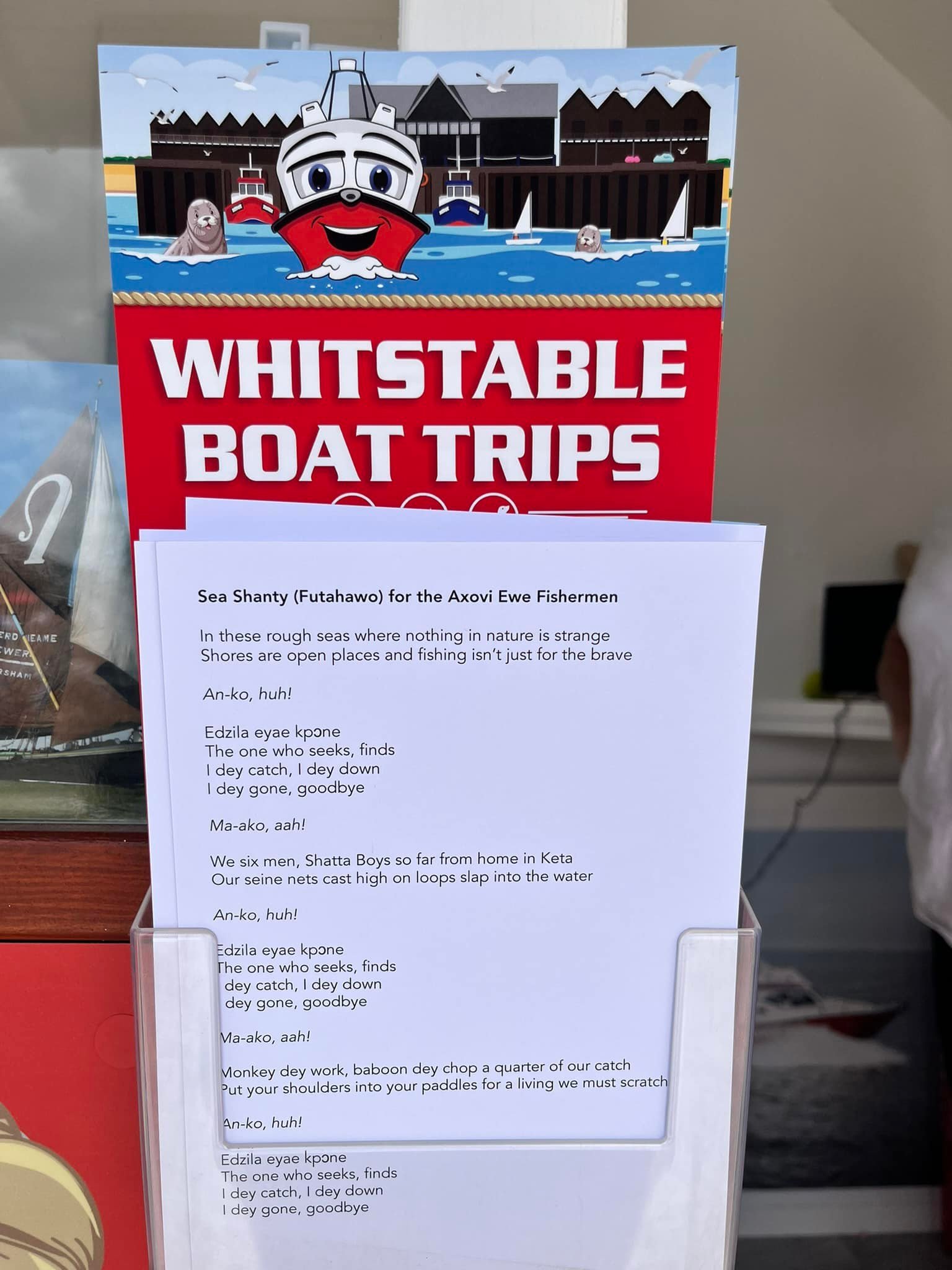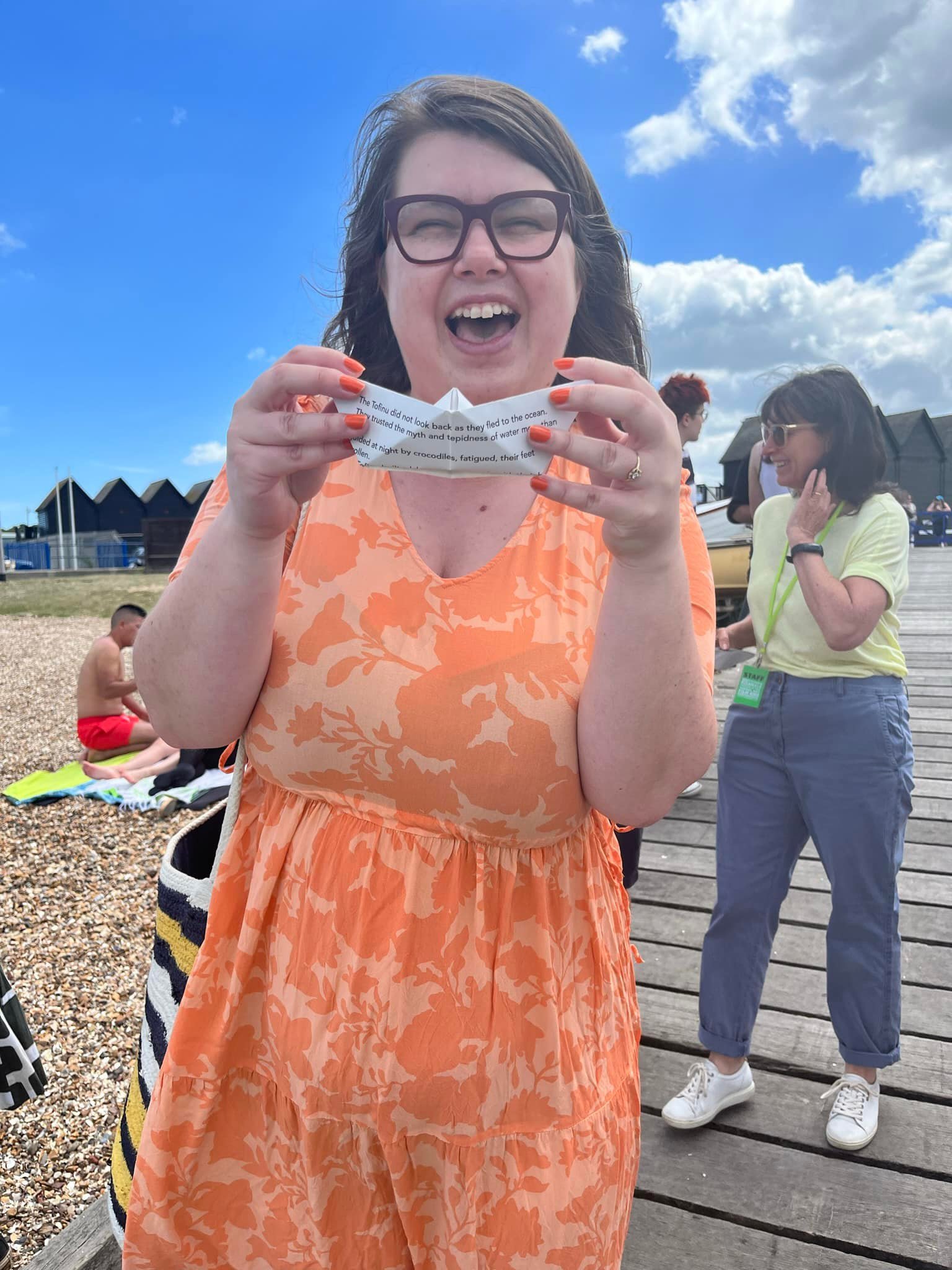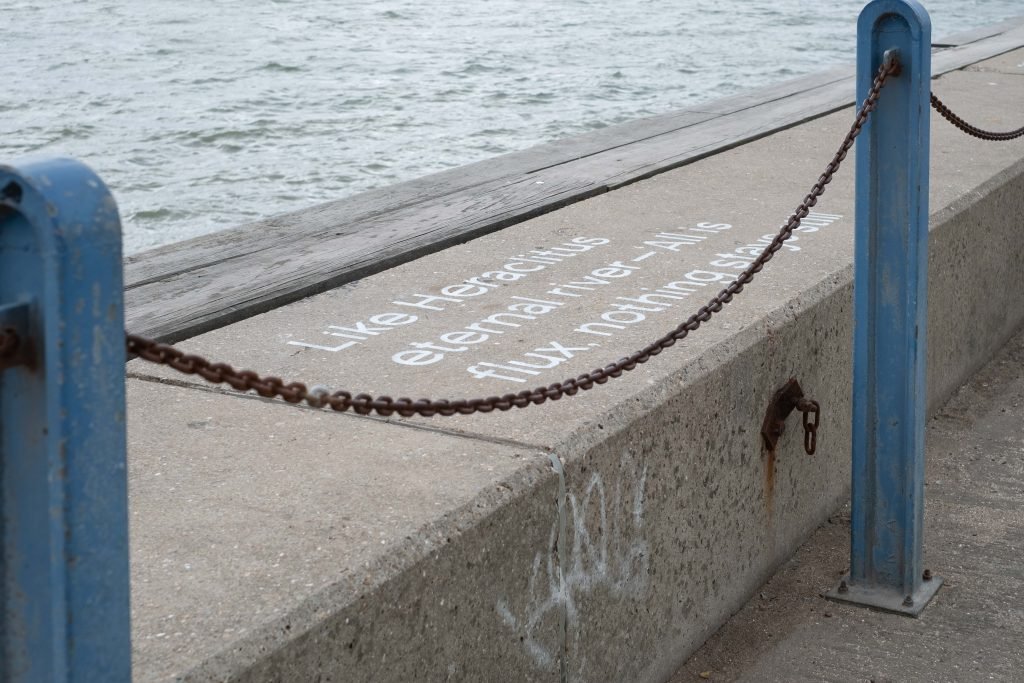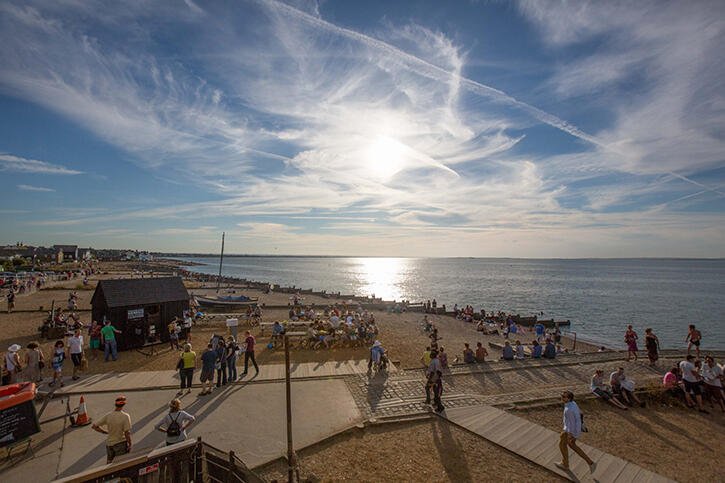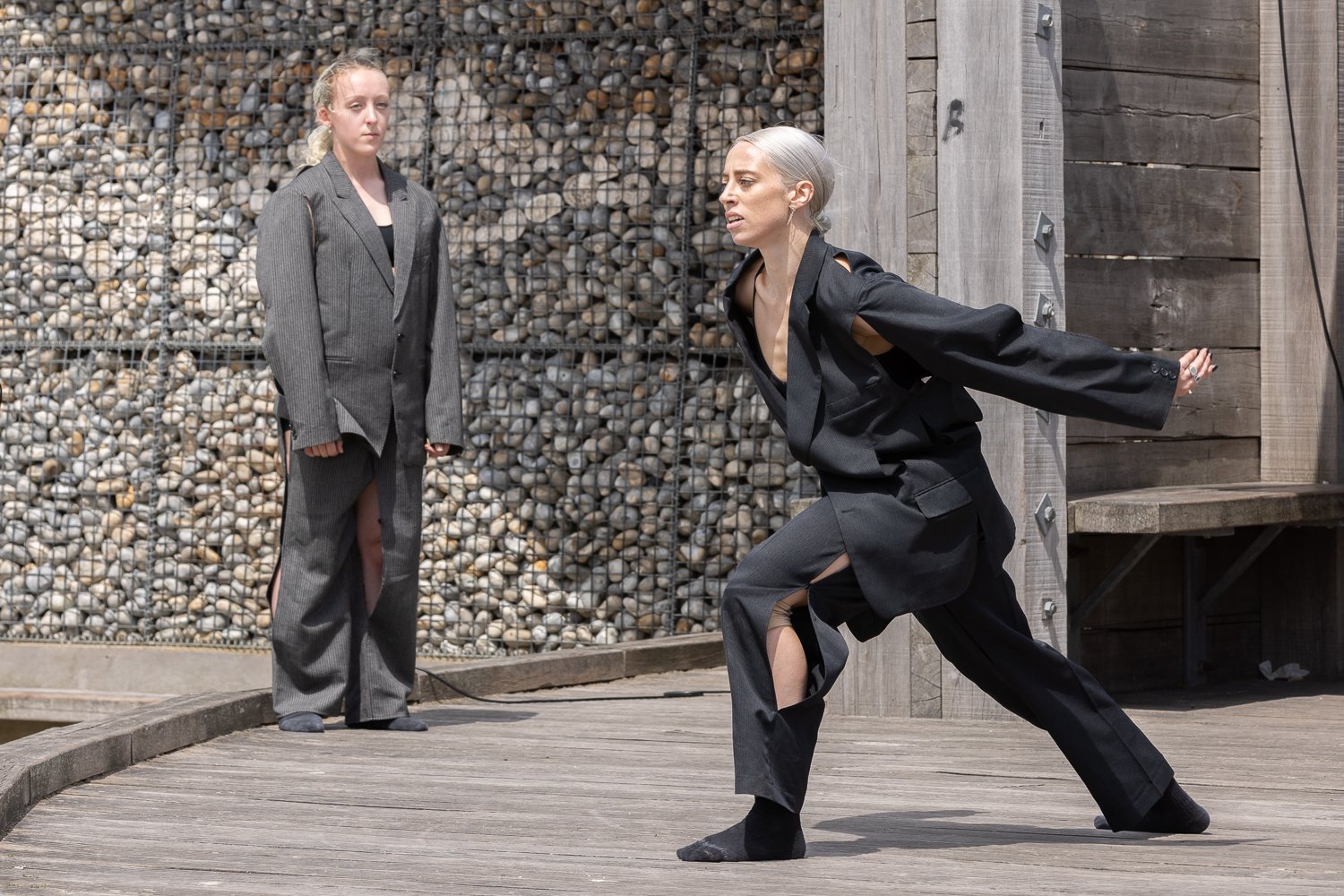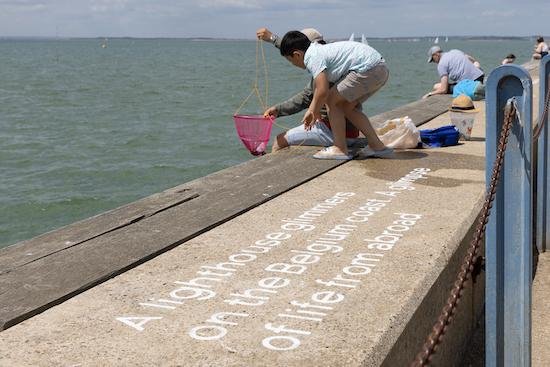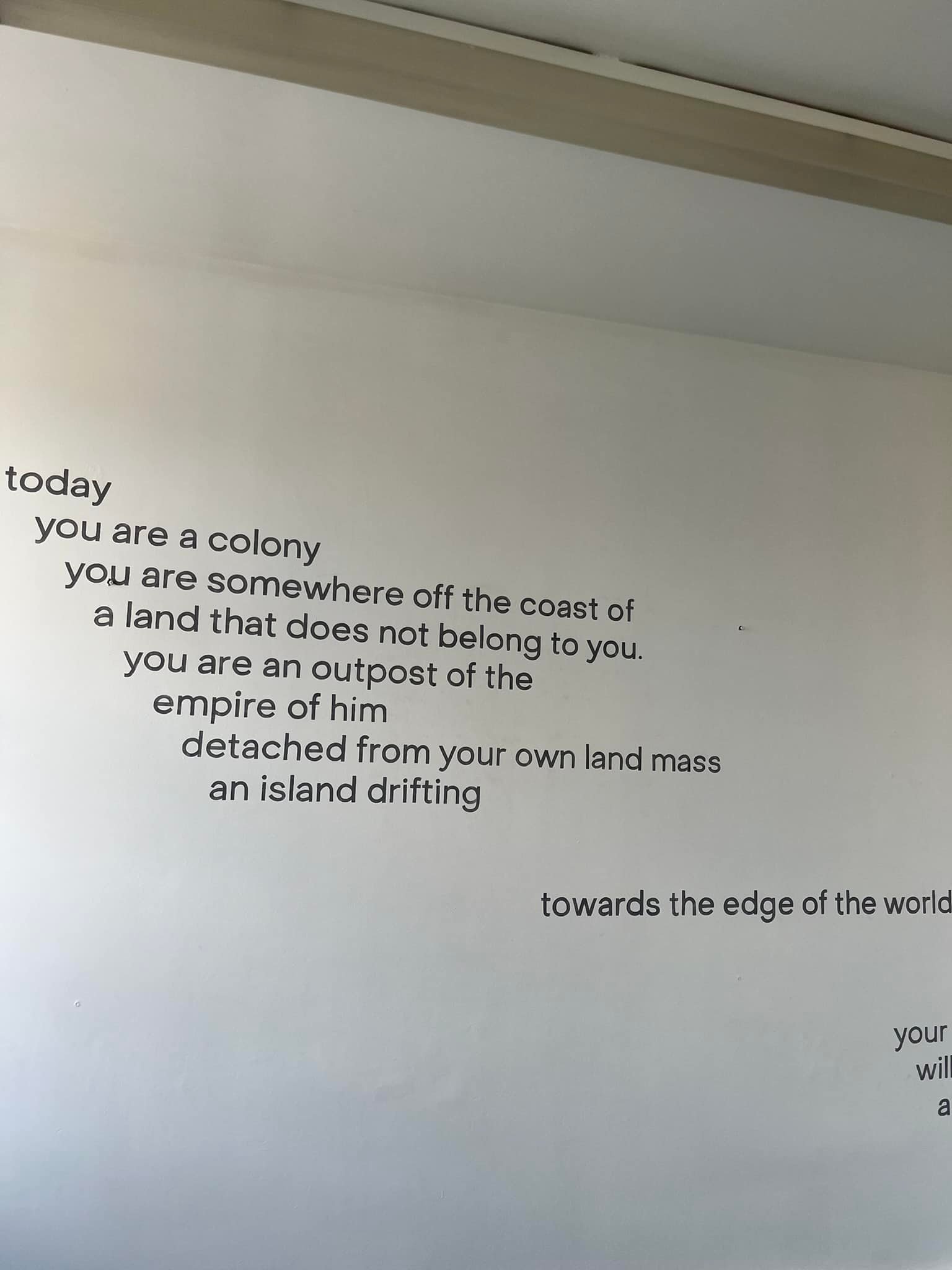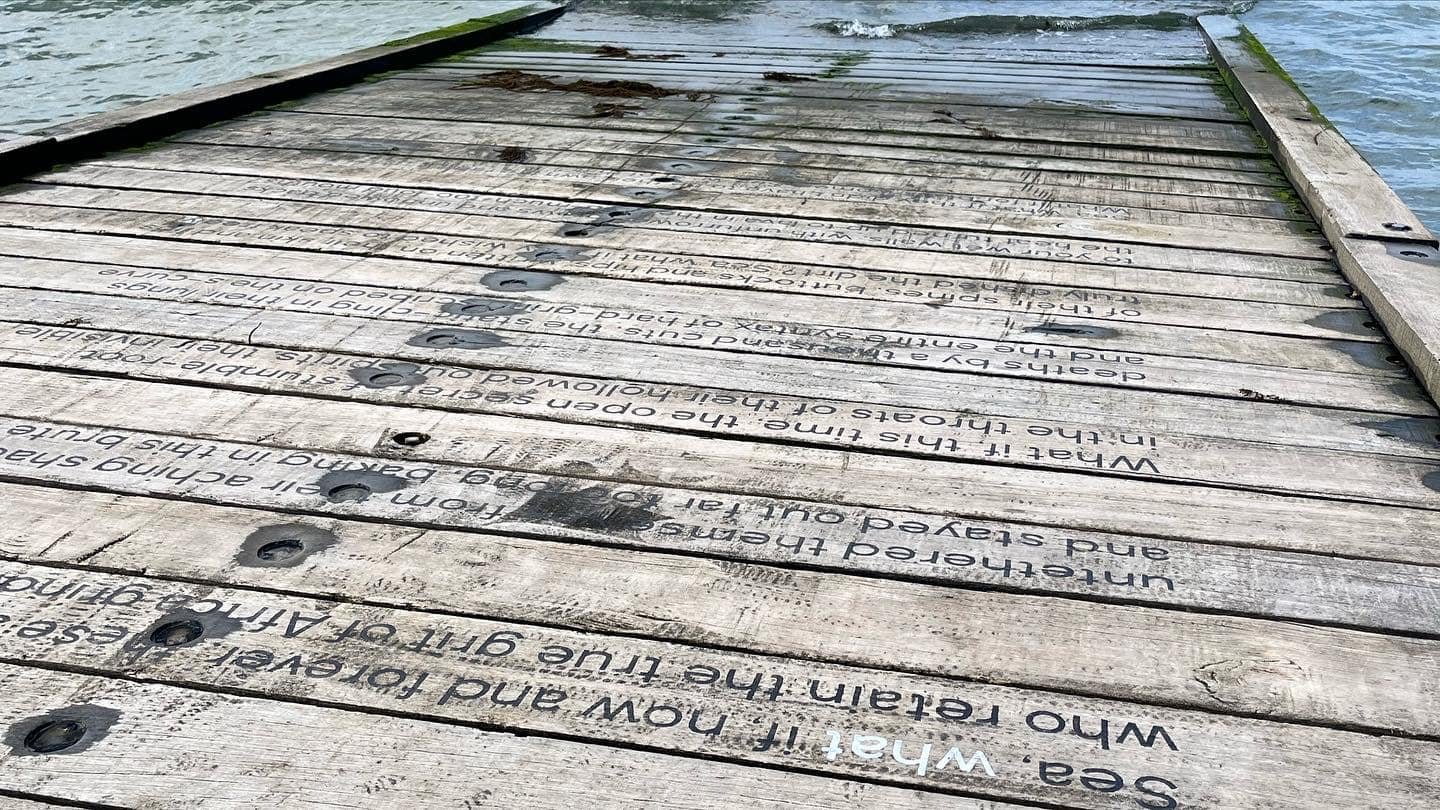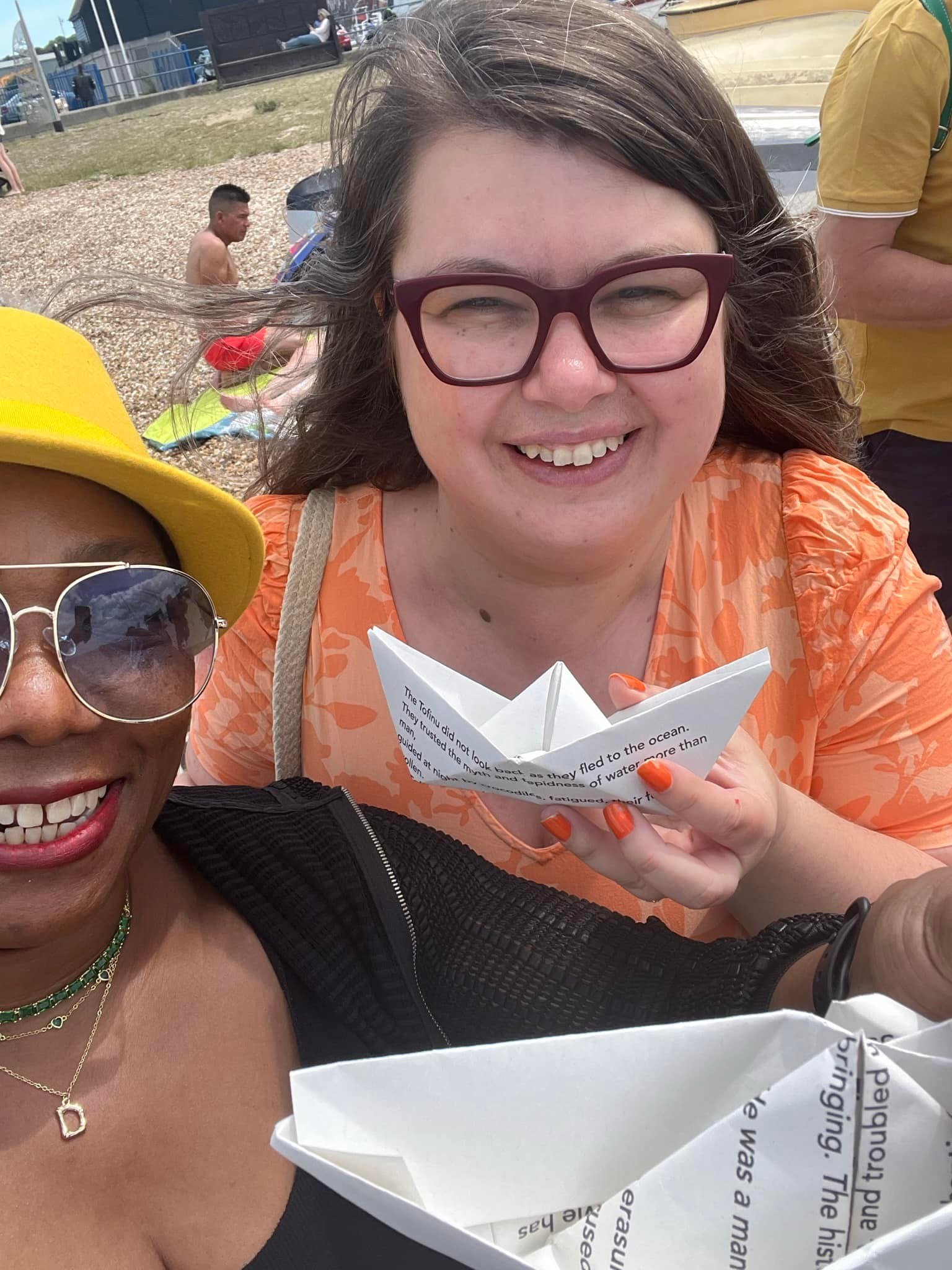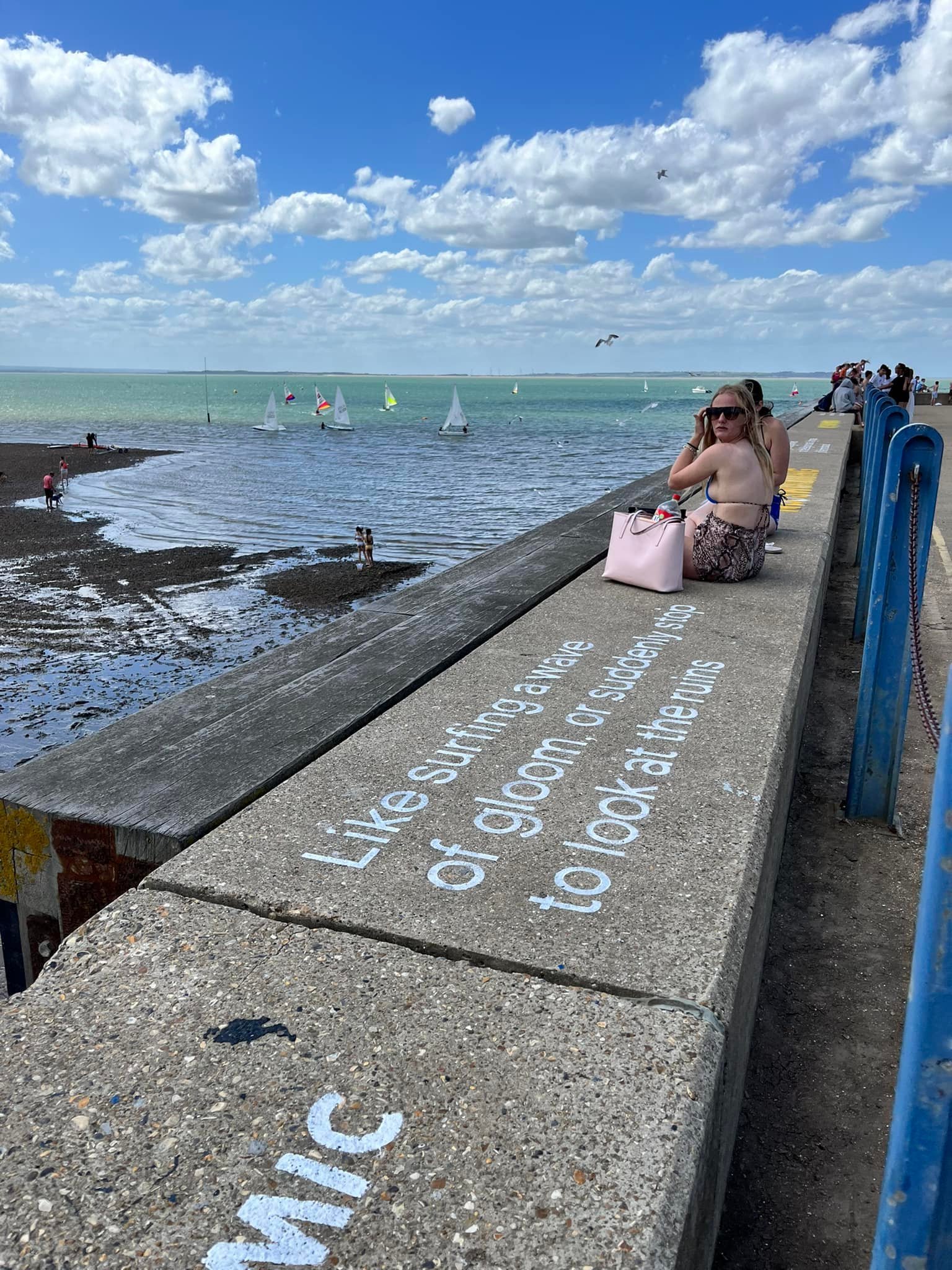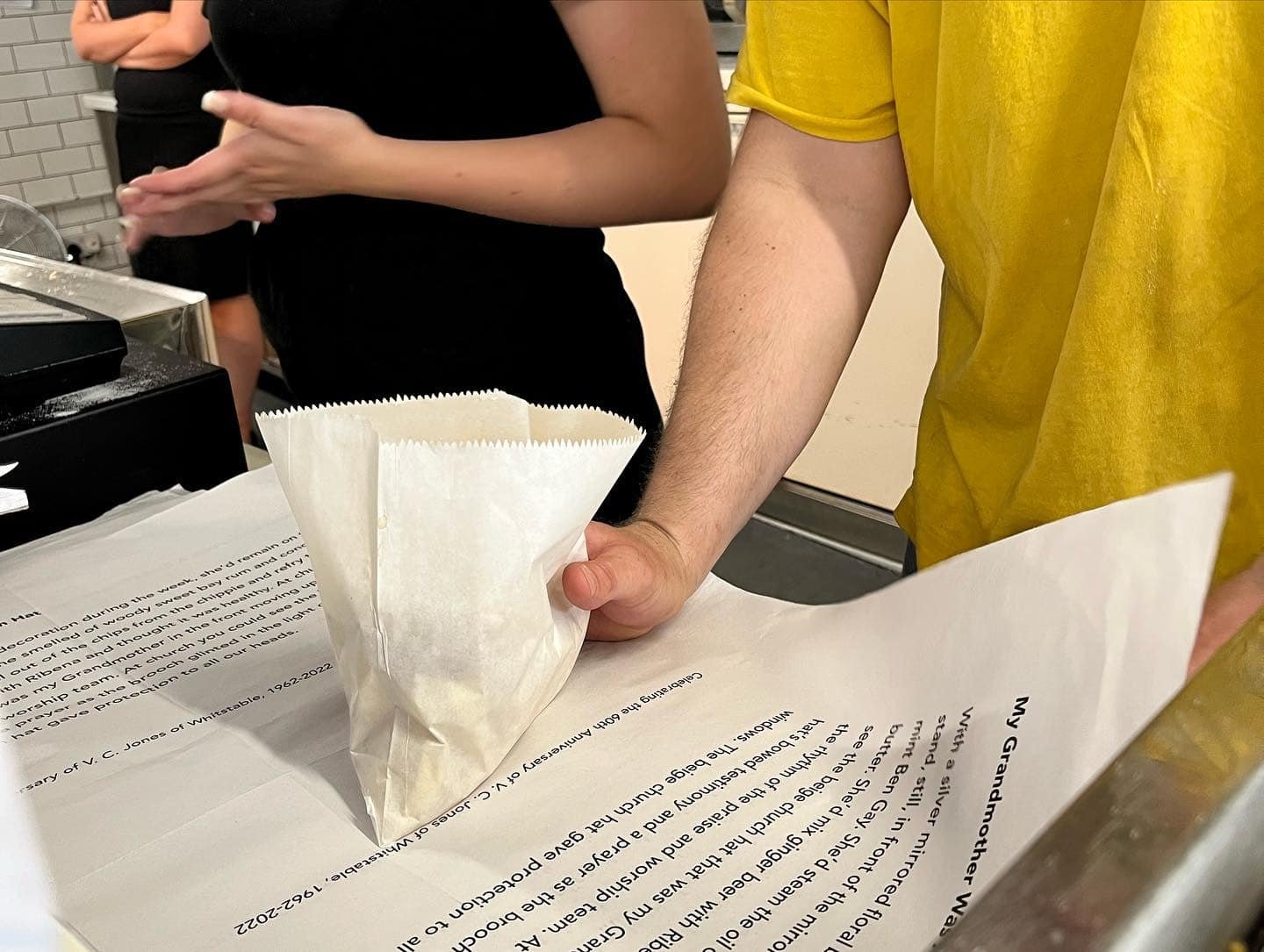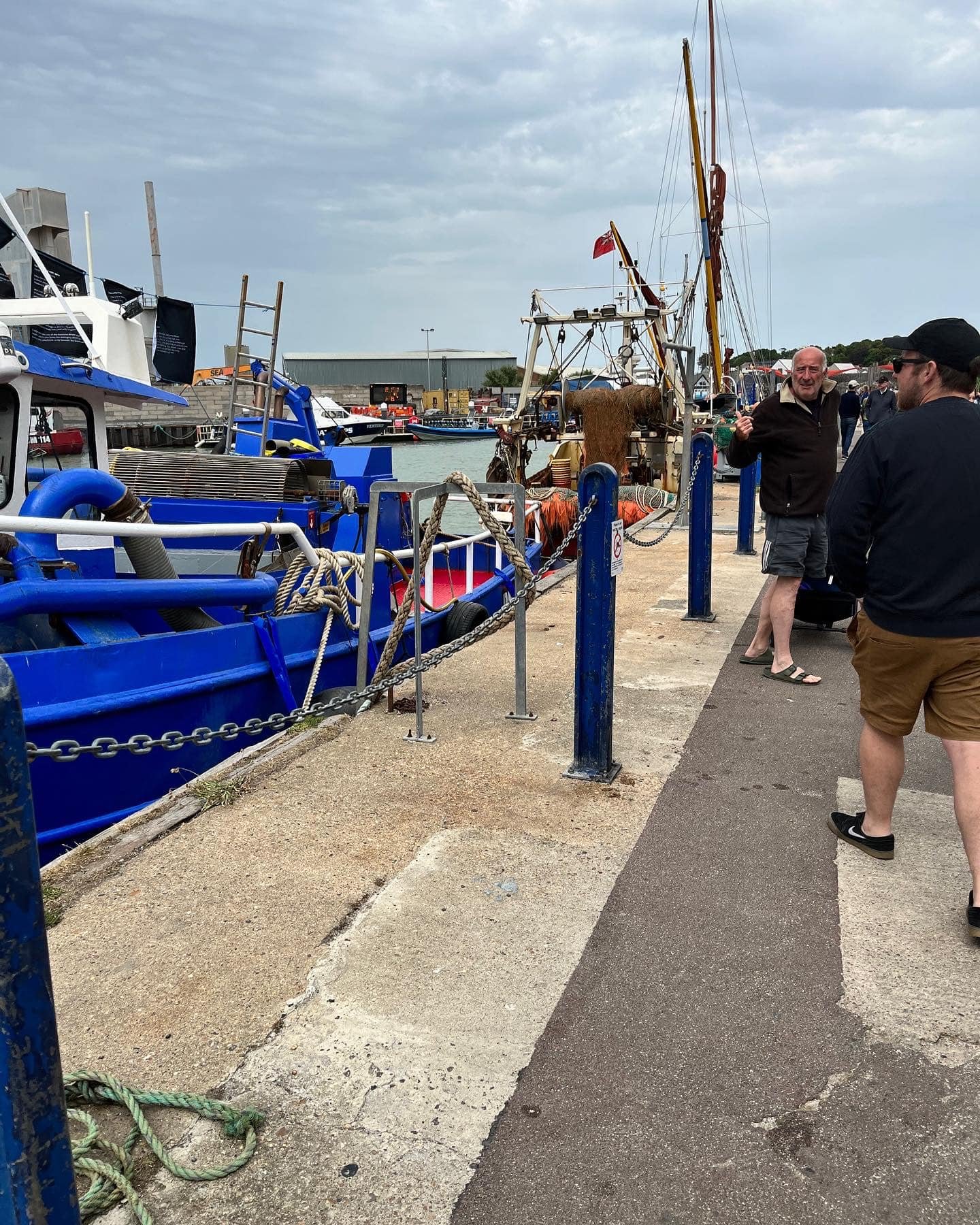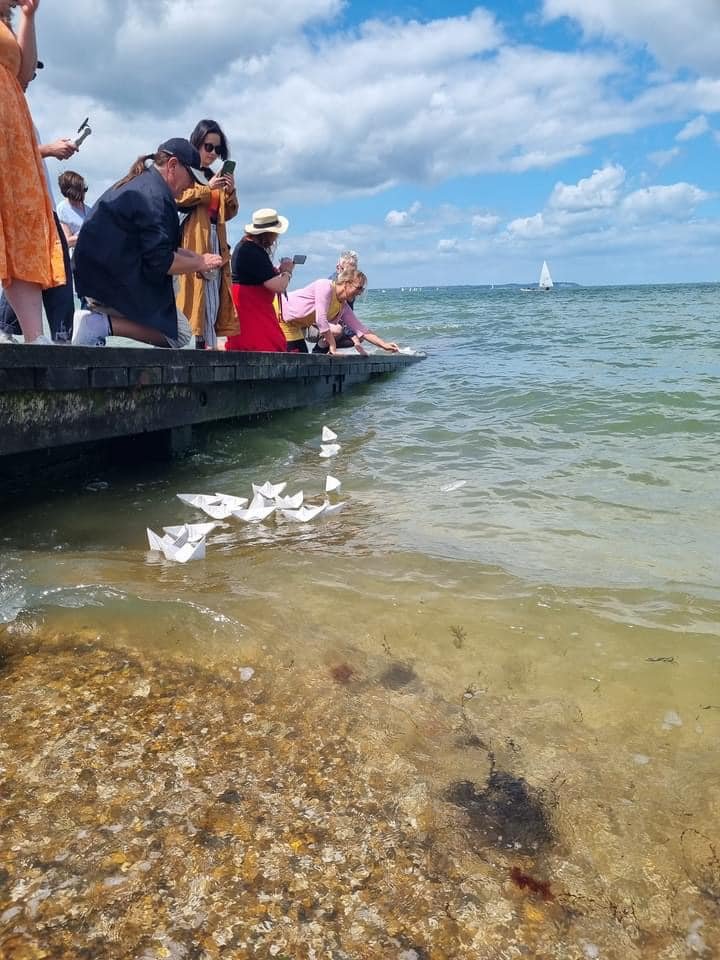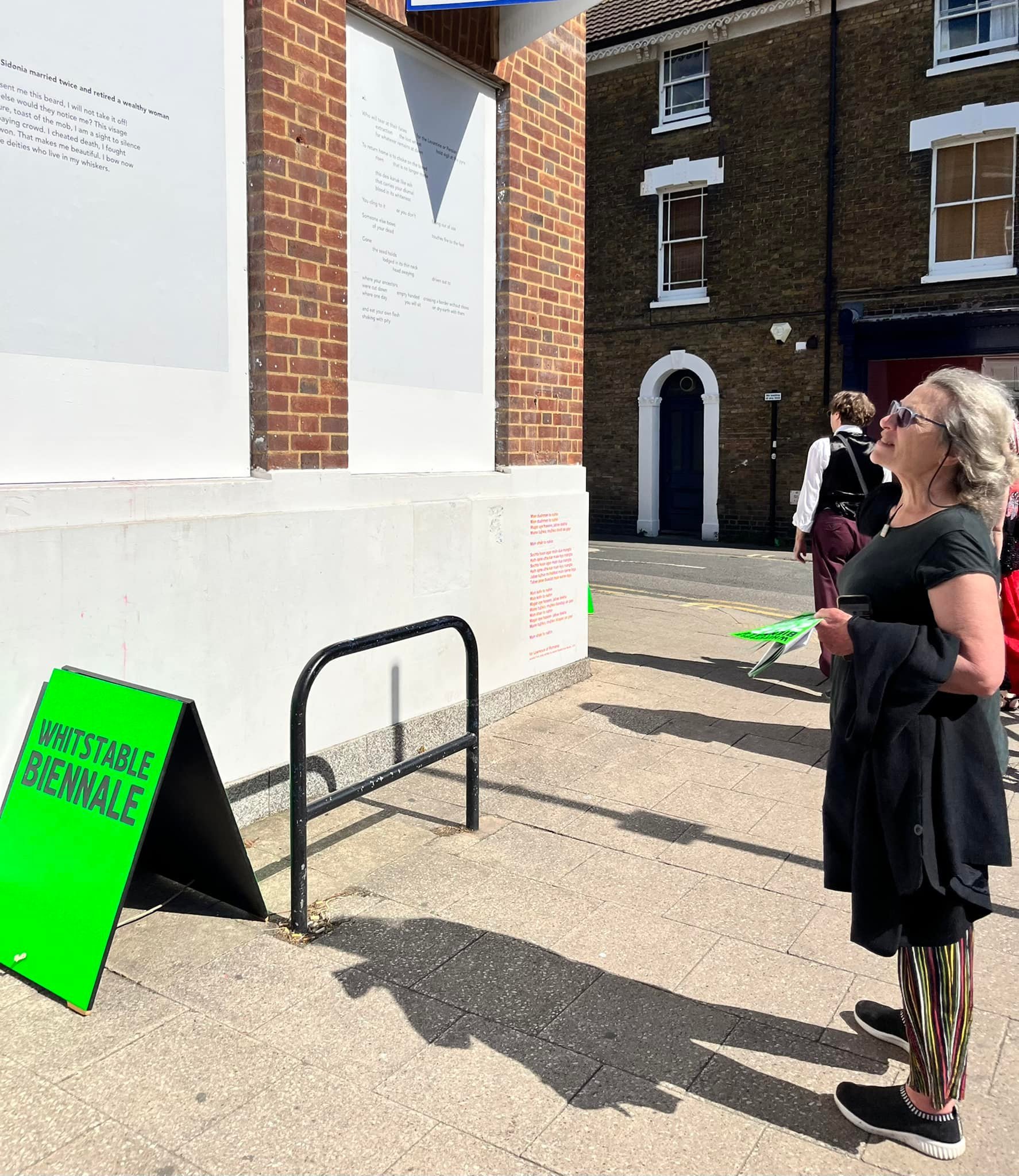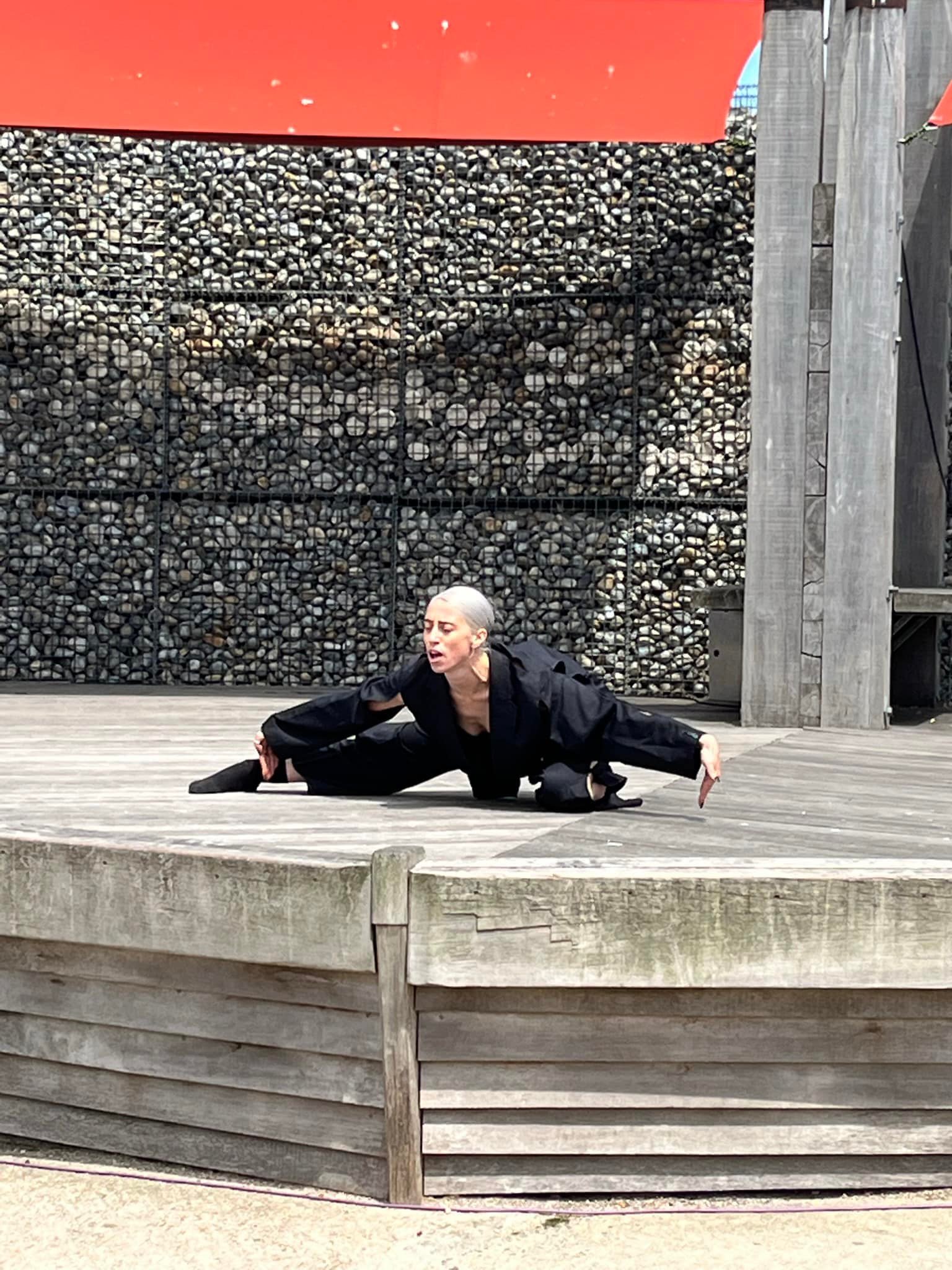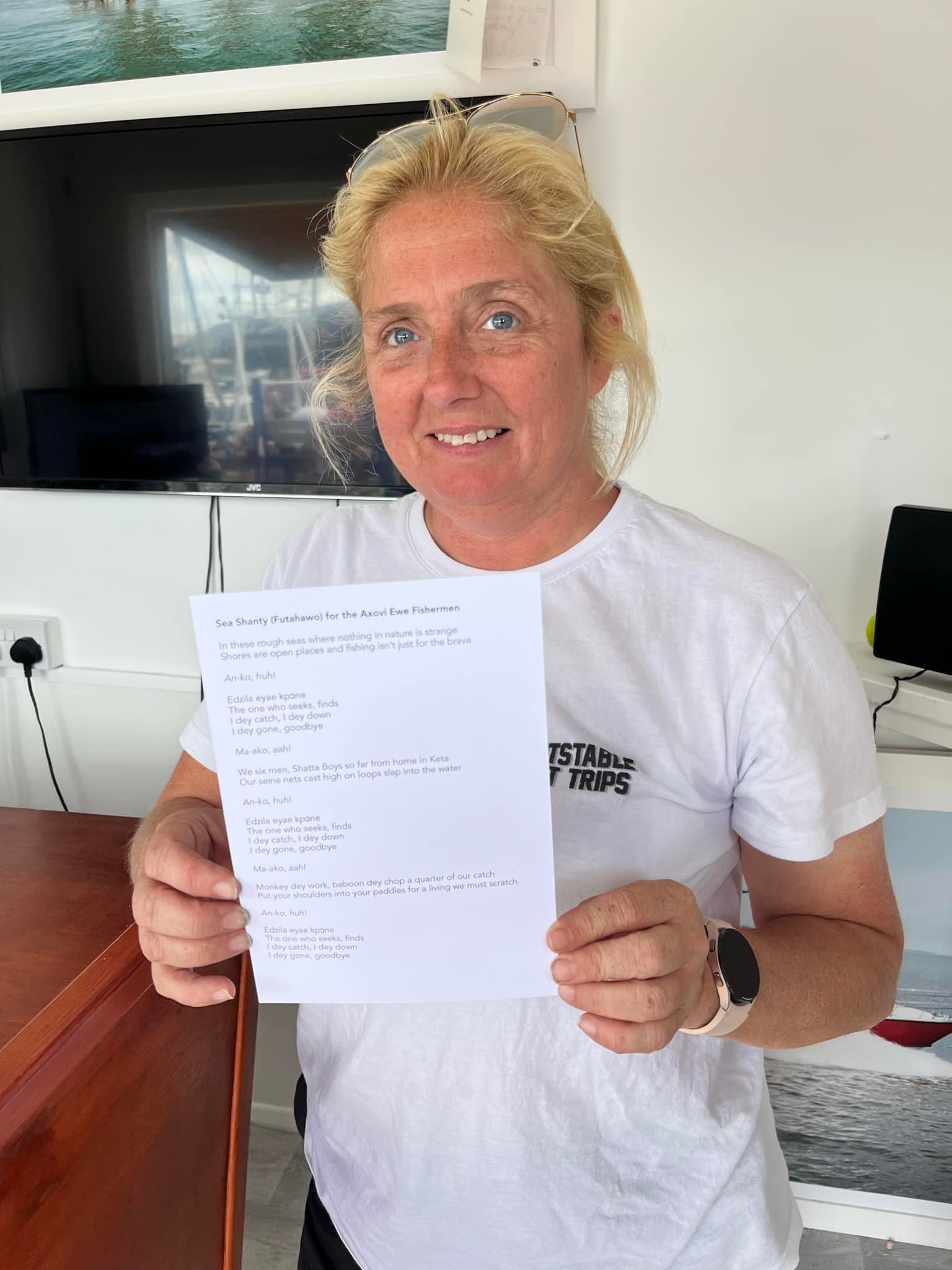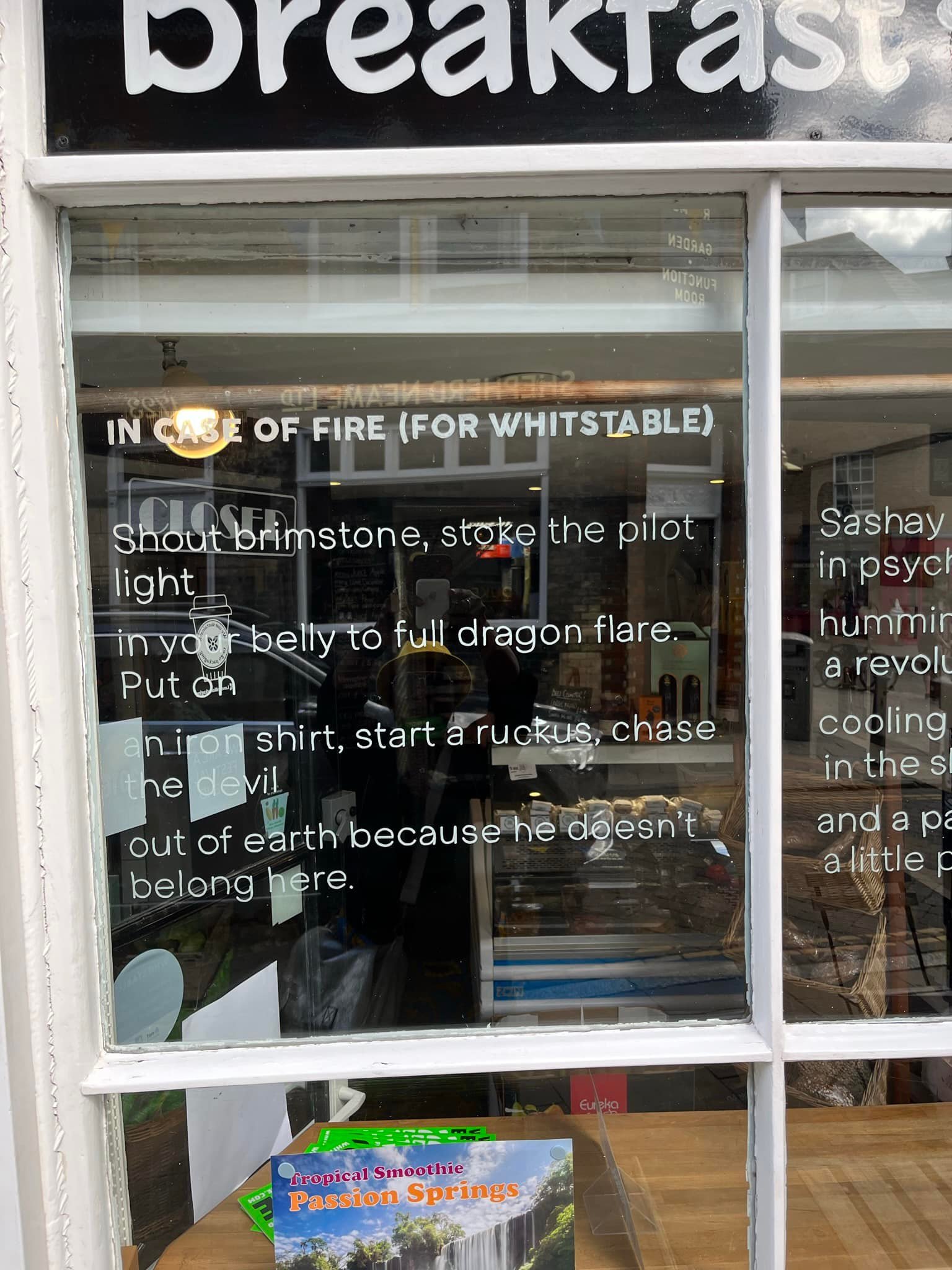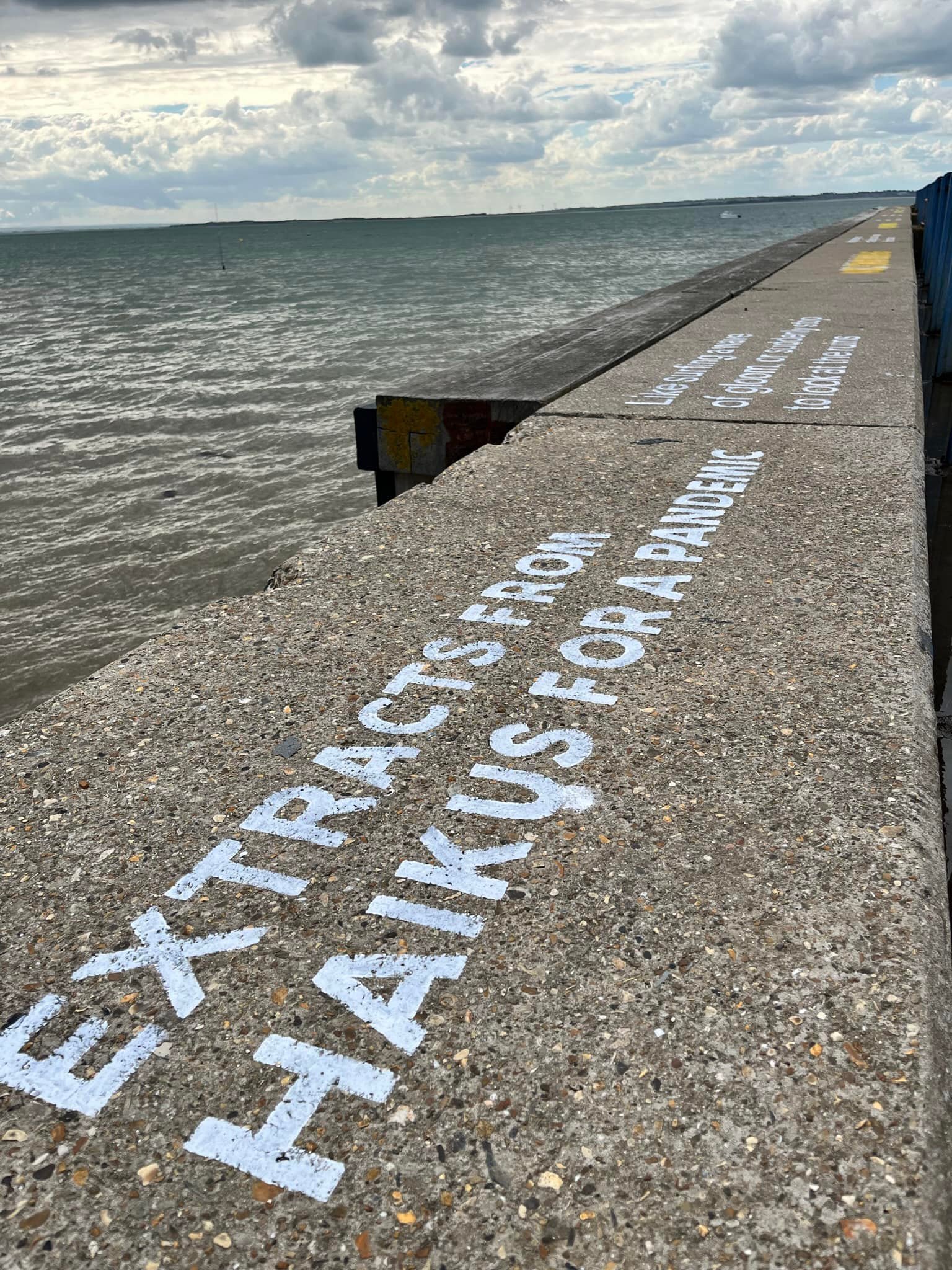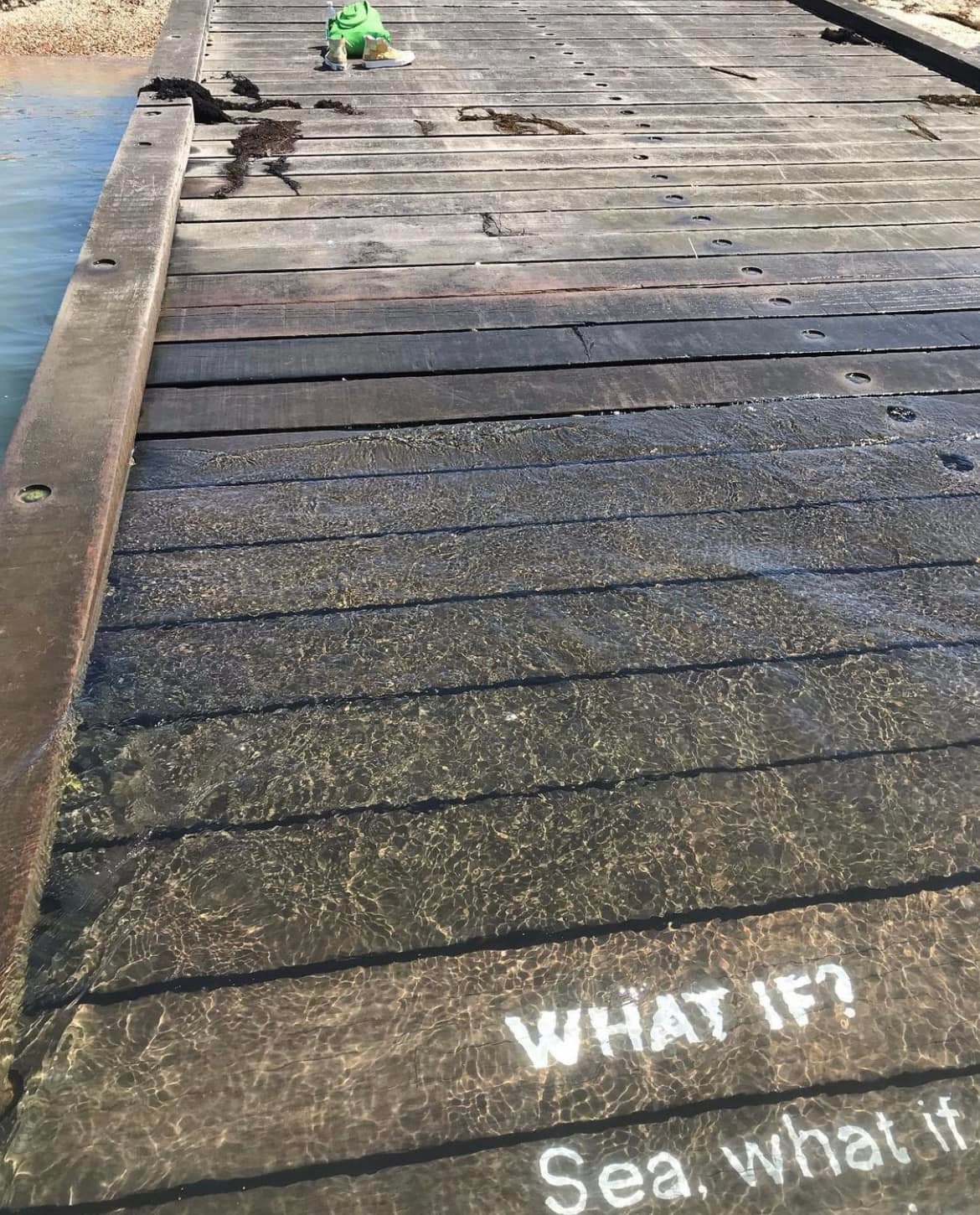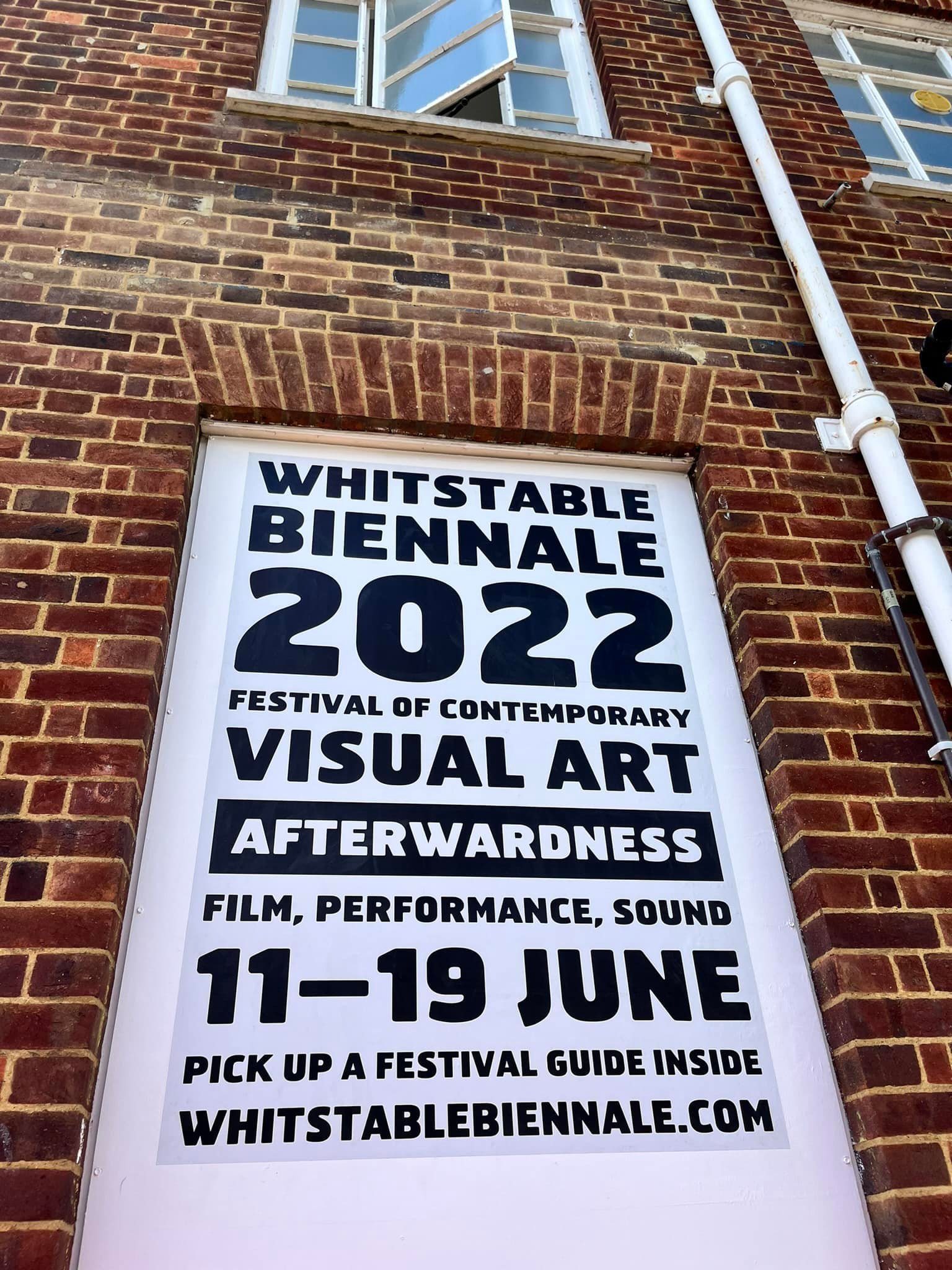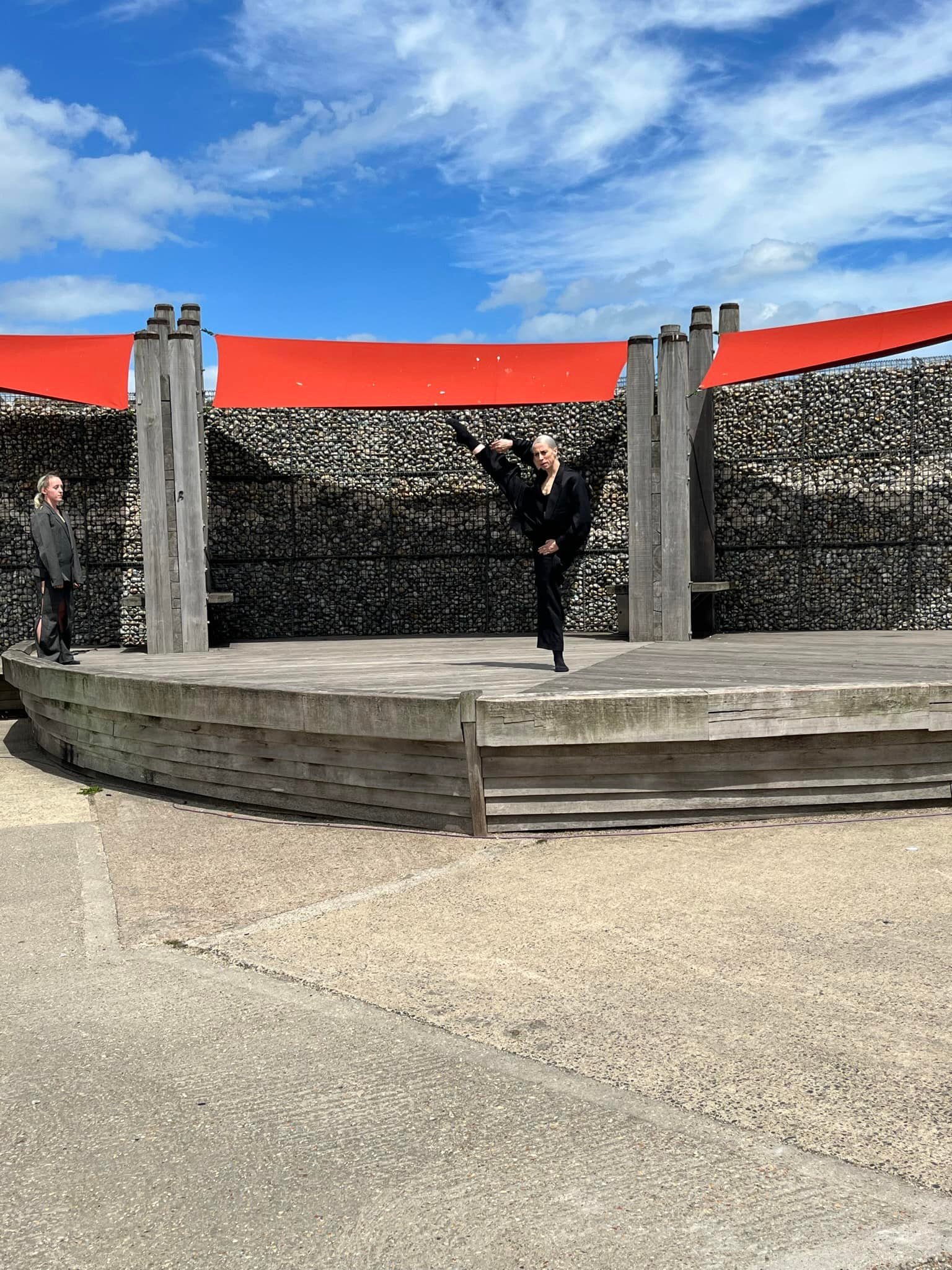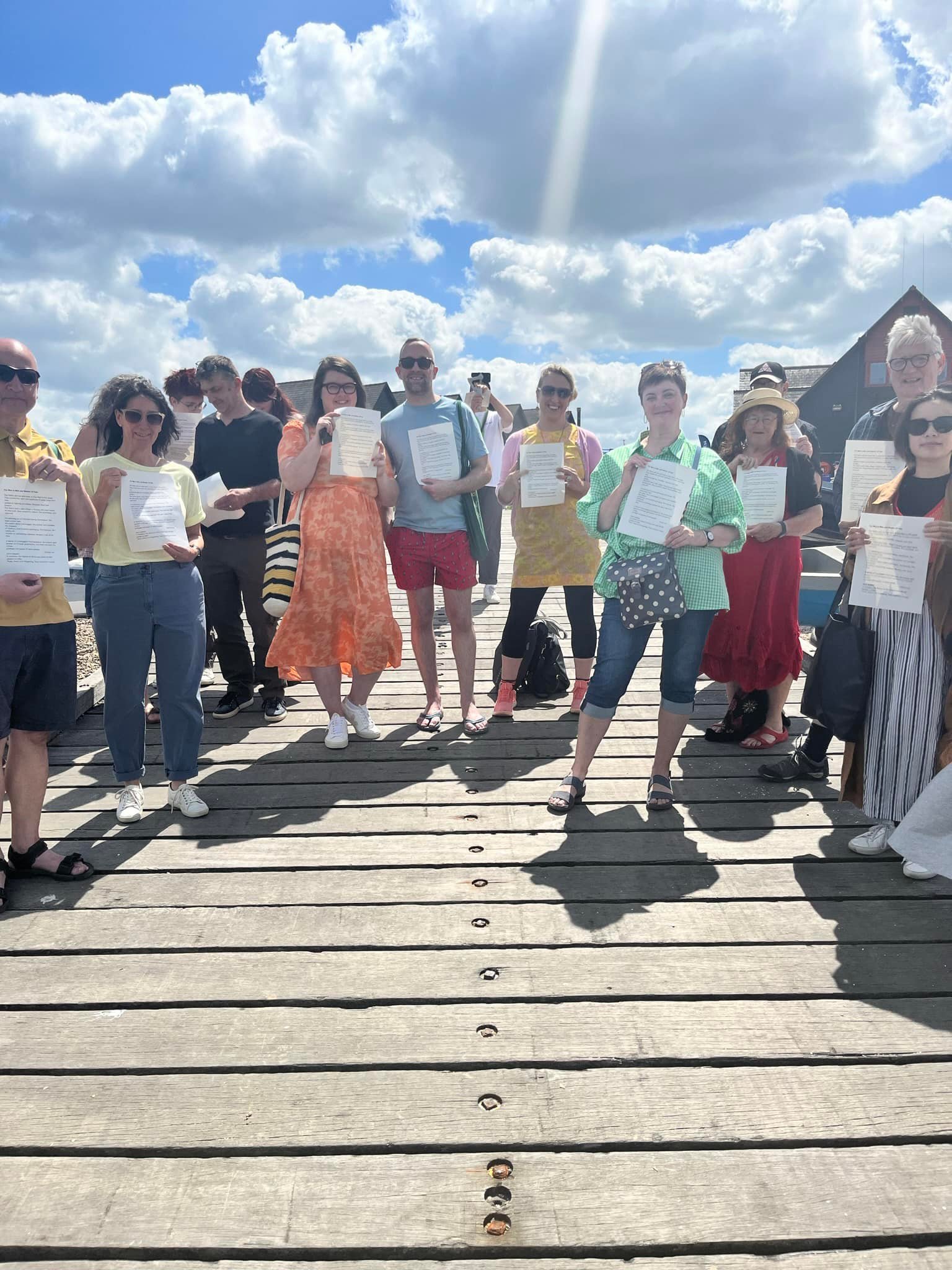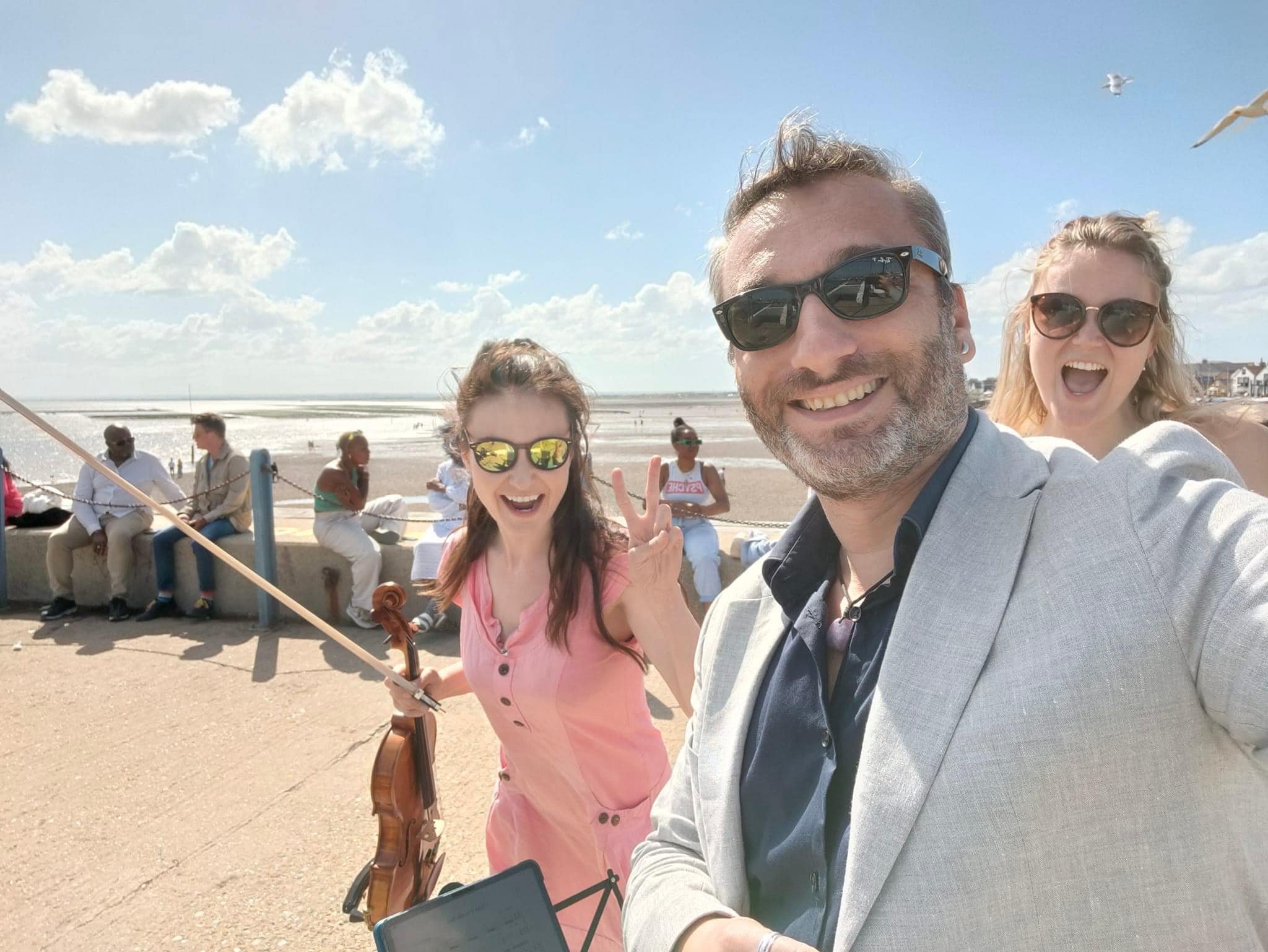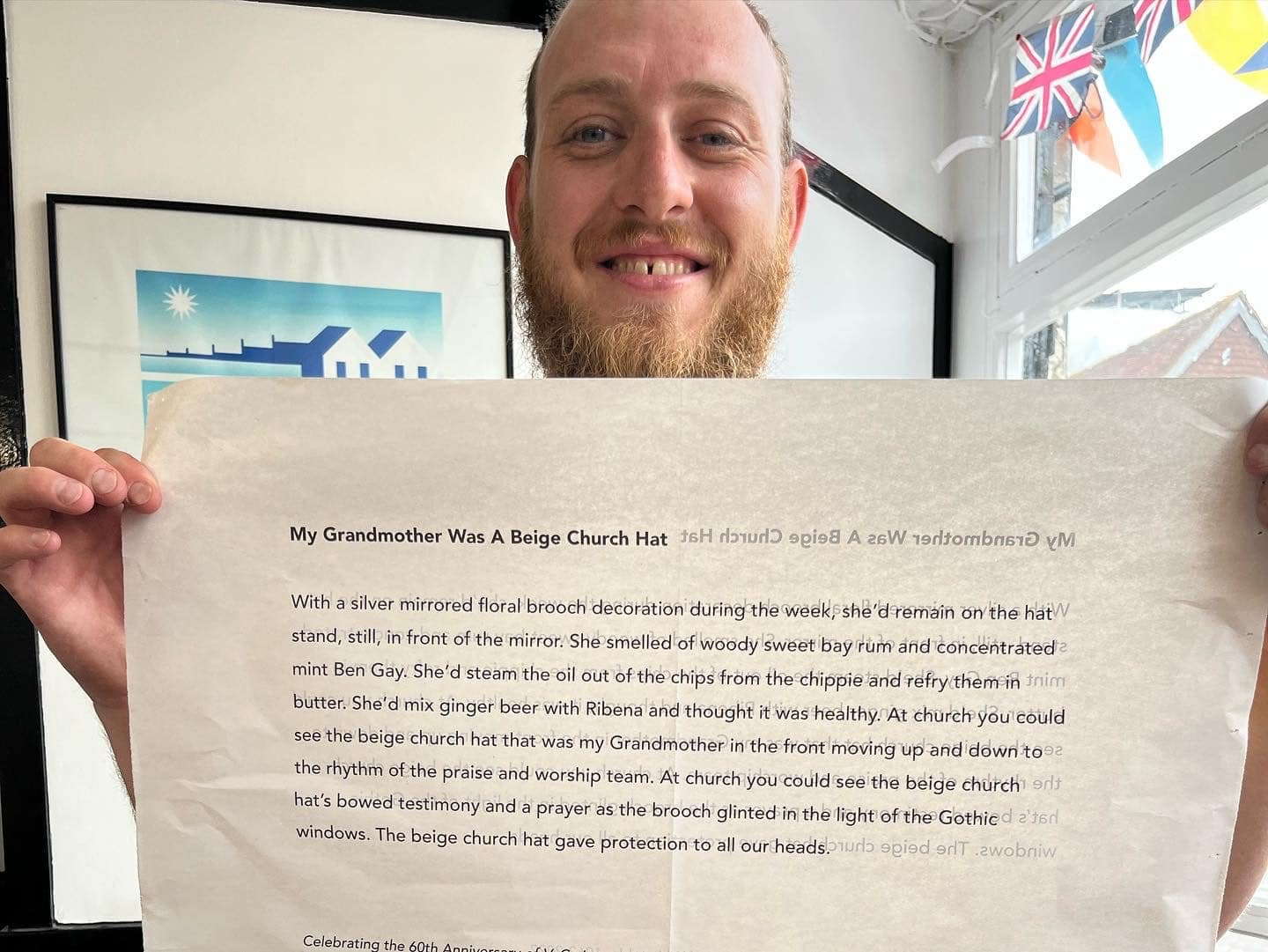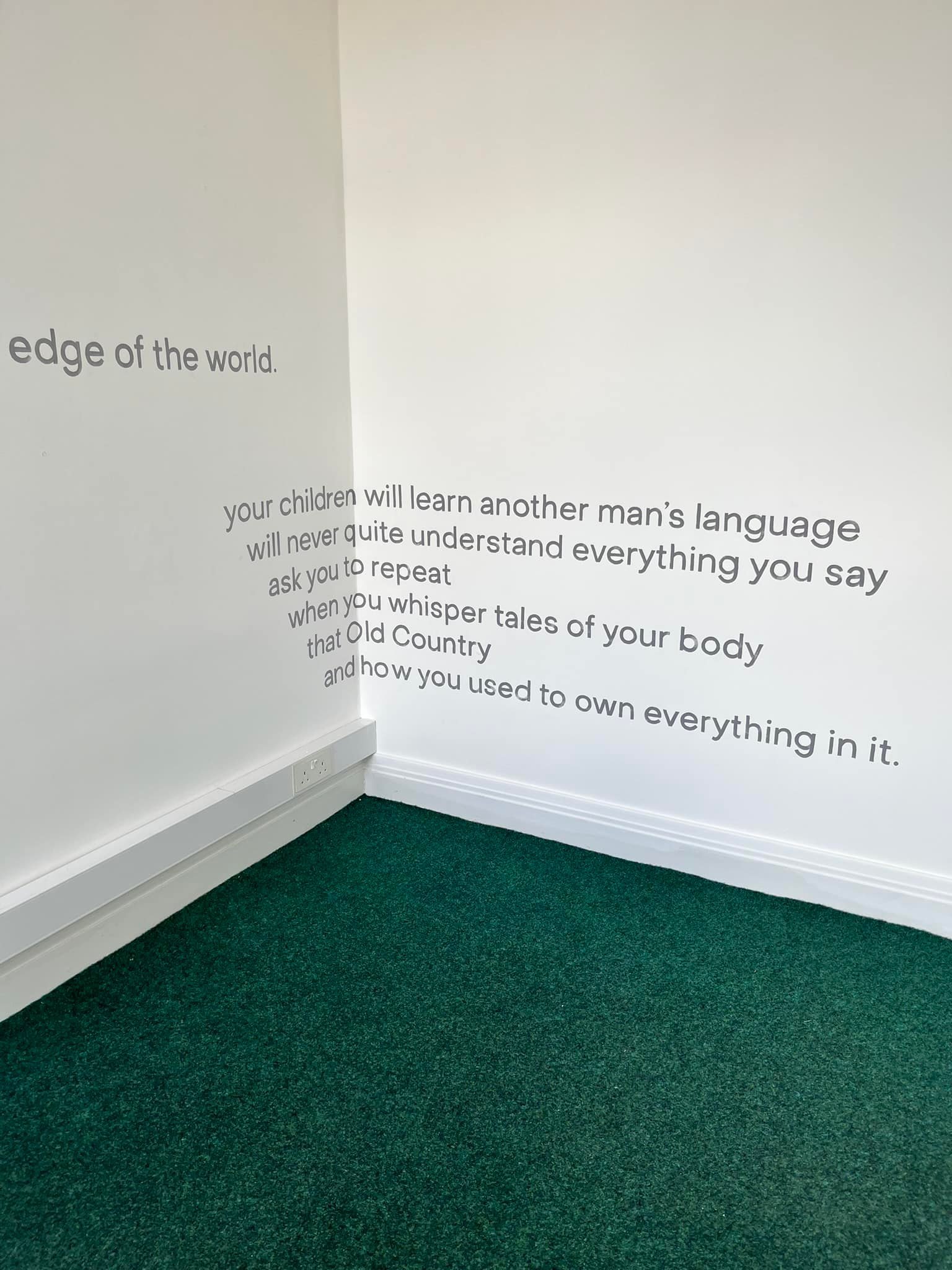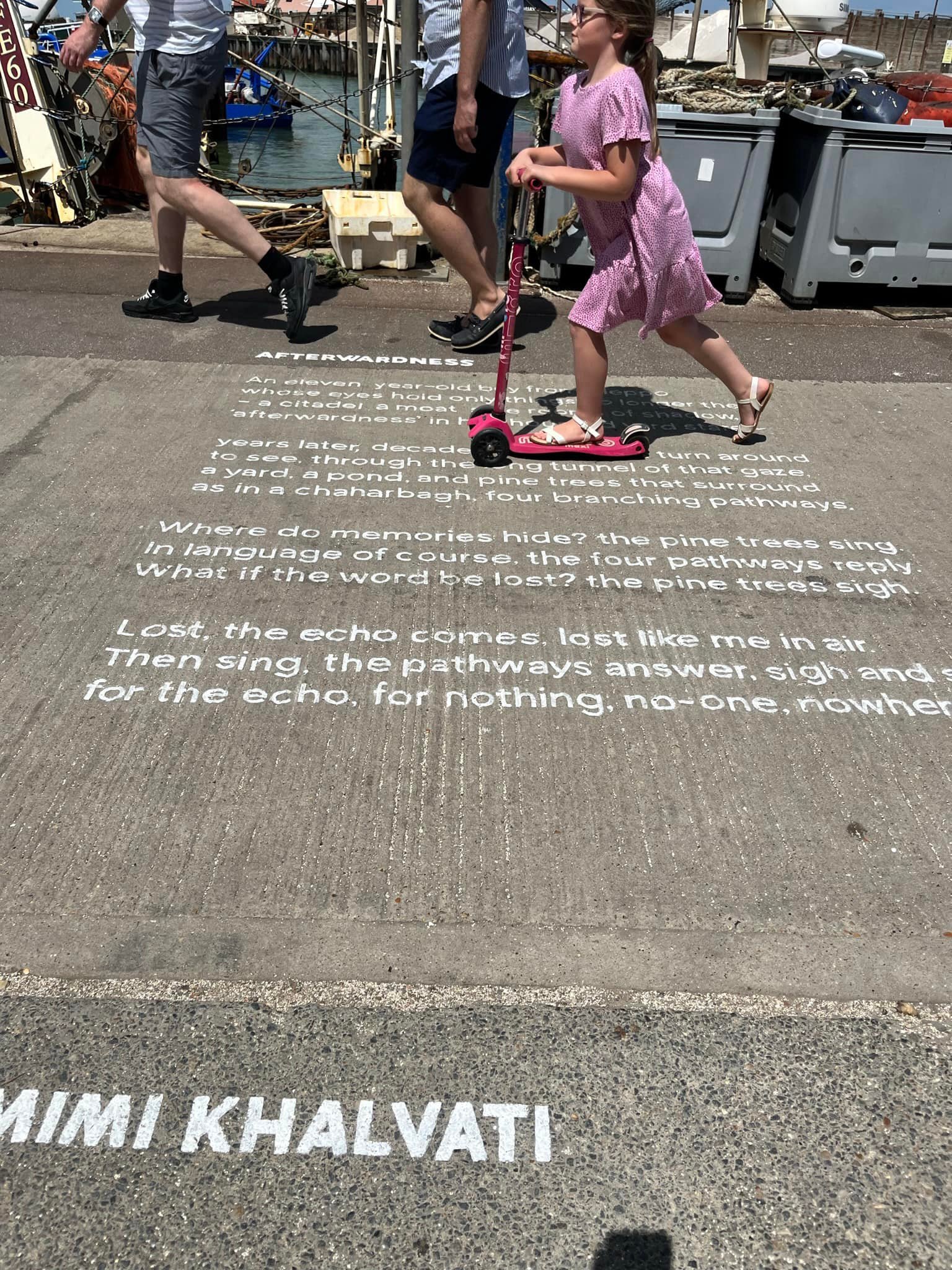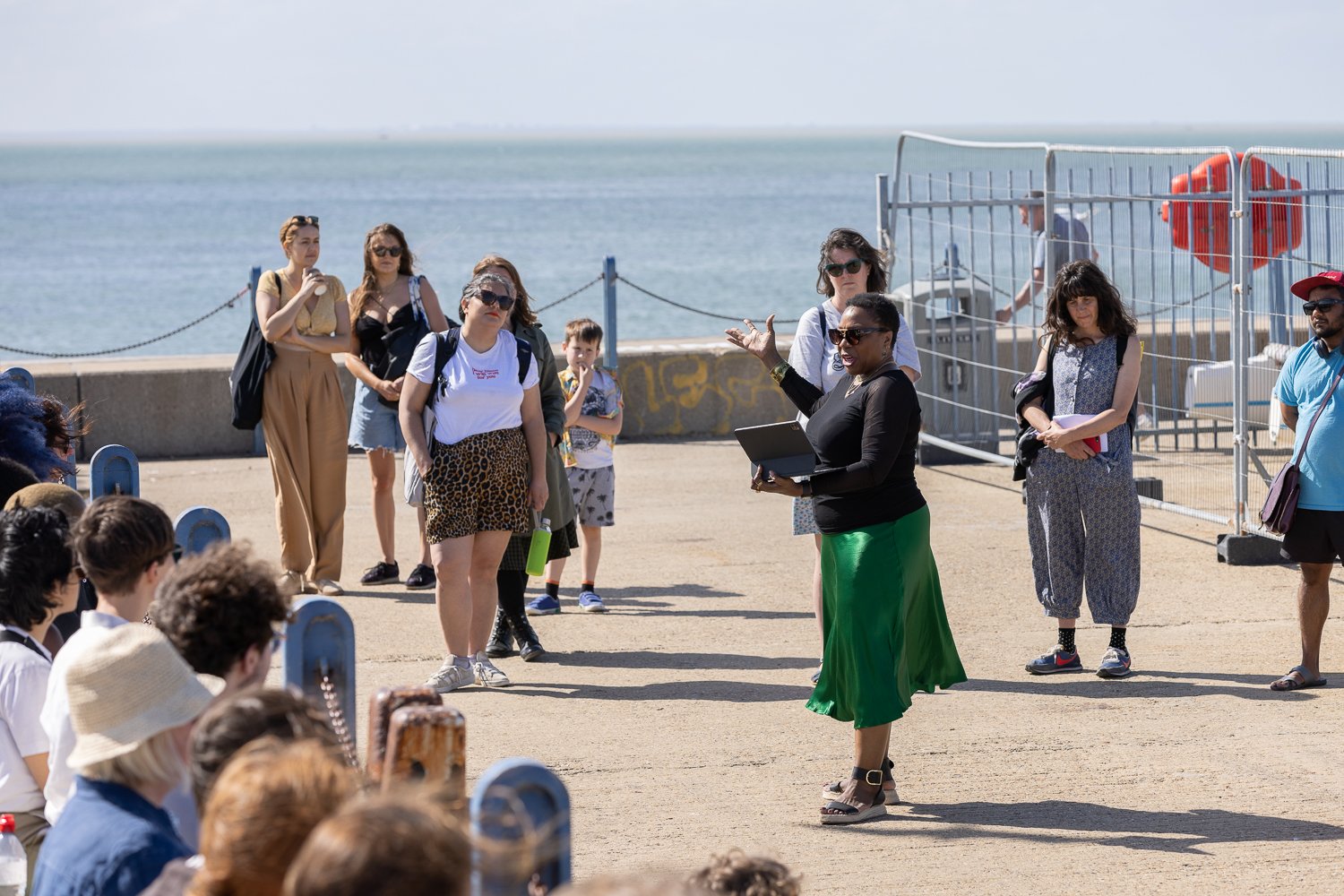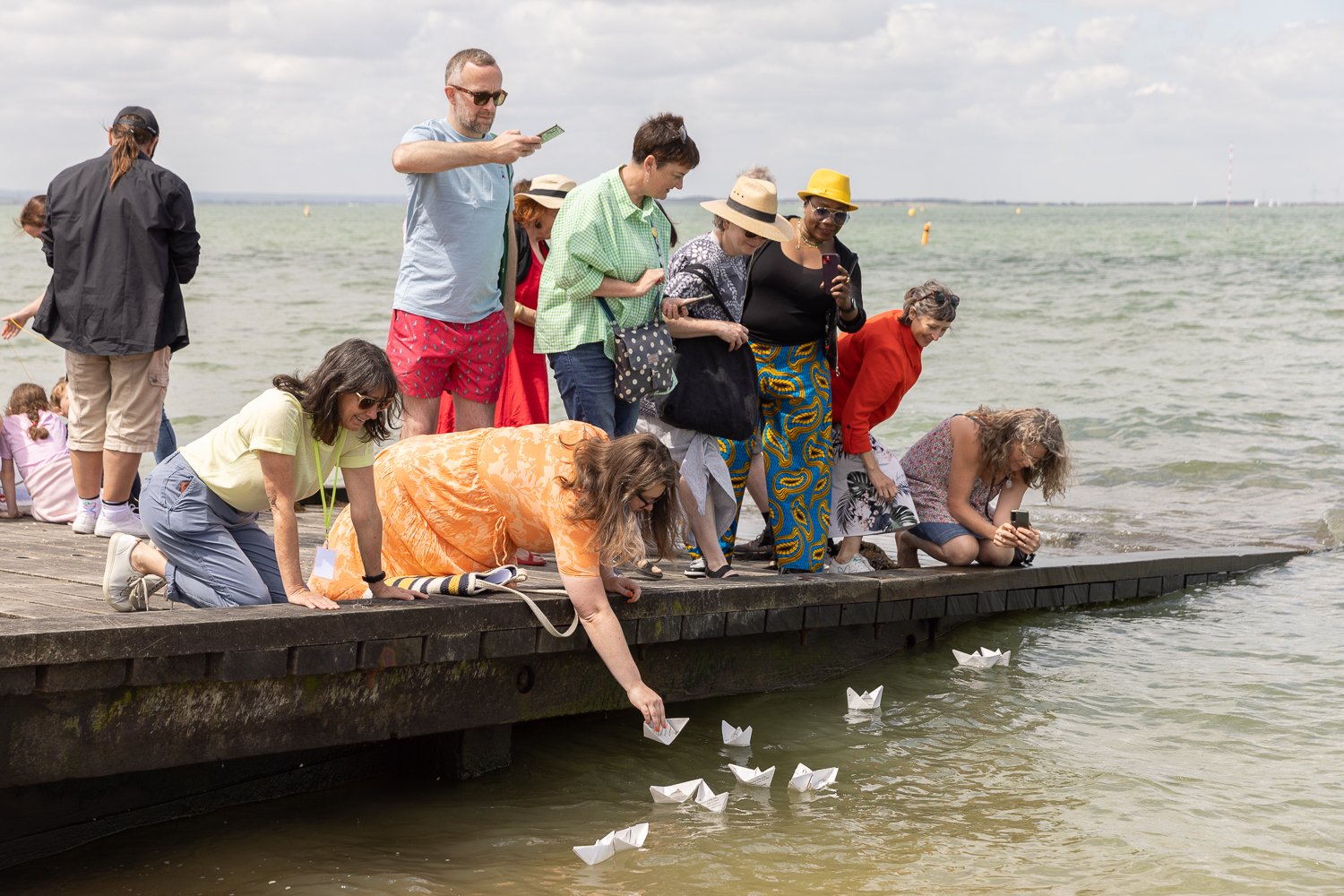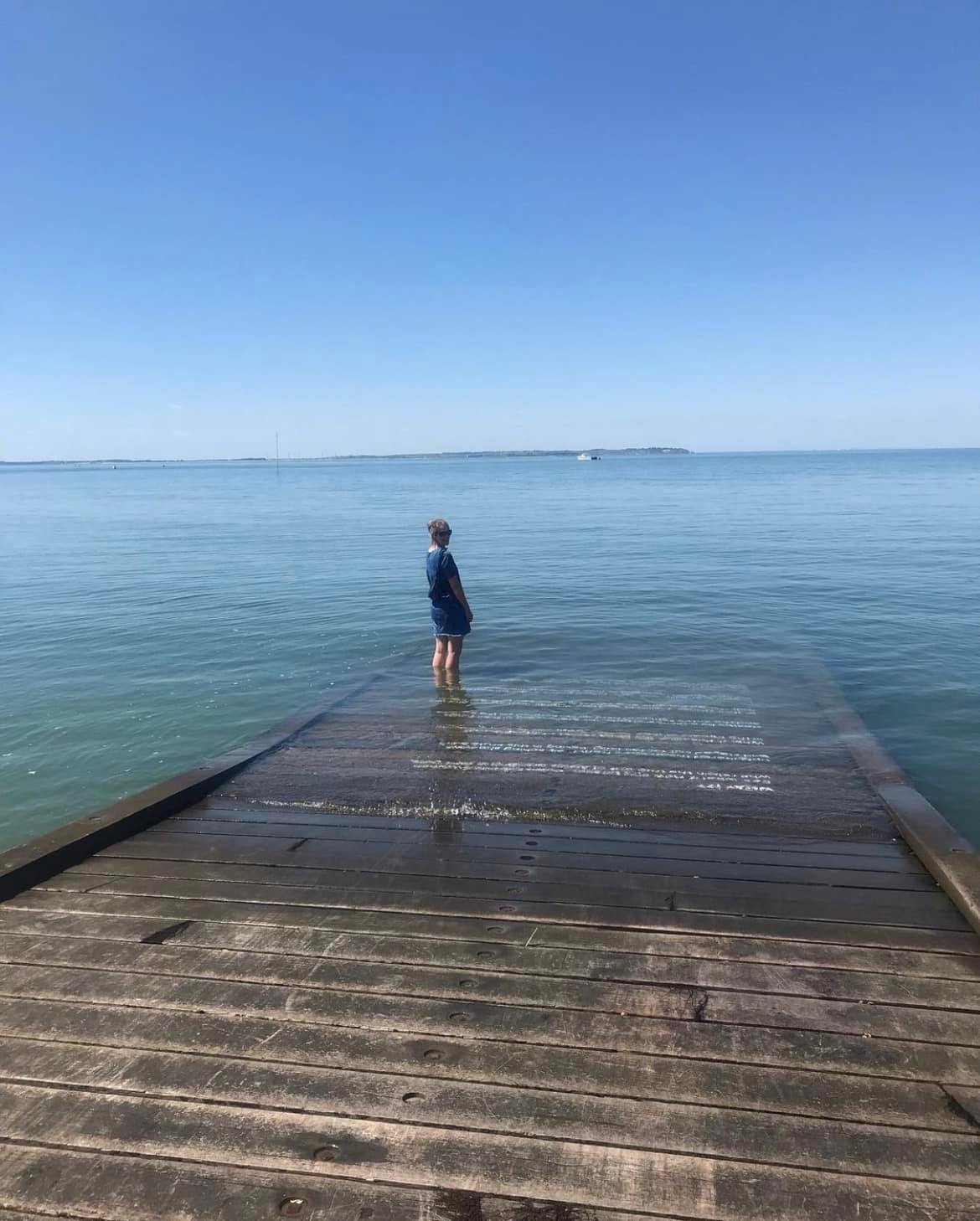afterwardness, Whitstable Biennale, 2022
As poet in residence for Whitstable Biennale 2022, my vision of how poetry could become an indelible part of the festival brought together five considerations: Whitstable’s landmark harbour; the town and its citizens; the estuarine meeting of its waters; a desire to embed poetry - in site-specific, experimental and surprising ways - into the materiality of the festival’s sites; and the overarching theme of the festival, Afterwardness, borrowed from Mimi Khalvati’s haunting sonnet of the same name and a term originally coined by Sigmund Freud to define the belated understanding of past events that coalesces with the passing of time.
With this in mind, I designed a programme of live events, readings, films and written texts installed around Whitstable and its harbour. The quest to embed poetry into the festival’s materiality was a rich provocation to all the poets whose words I commissioned. They are: Mona Arshi, Leo Boix, Malika Booker, Kayo Chingonyi, Caleb Femi, Jamie Hale, Sean Hewitt, Sarah Howe, Nasser Hussain, Mimi Khalvati, Patrizia Longhitano, Nii Ayikwei Parkes, Sandeep Parmar, Bohdan Piasecki, Roger Robinson, Denise Saul, Warsan Shire, Yomi Sode, Joelle Taylor, Karen McCarthy Woolf.
I also wrote site-specific poems for the festival, including one entitled What If, since retitled Raft (pictured above), installed on to a wooden jetty projecting into the sea and designed to use the sea as a poetic device by hiding and revealing the poem with the movement of the tides.
The poetry programme embraced other kinds of artists too: I commissioned composer Dimitri Scarlato to write a a score, played by cellist Molly Naylor and violinist Kamila Bydlowska, that accompanied me as I performed my poem I Told It to the Sea at the quayside. I also commissioned acclaimed contemporary African choreographer and artistic director of Tavaziva Dance, Bawren Tavaziva to contribute a 15 minute excerpt from his powerful dance/spoken word piece BOY’S KHAYA performed by dancers Freya Harris and Harriet Waghorn.
I ensured that all our poems were: wrapped around ice cream cones and fish & chips; papered over the boarded up windows of an old bank; stamped on to the quay of the harbour; etched on the windows and glass doors of bookshops and coffee shops; danced on a wooden stage in the harbour called Dead Man’s Corner; flown on black flags hoisted on cockle and oyster fishing boats; imprinted on to the ground in the middle of the main thoroughfare of the harbour; workshopped with kids in a poetry fortune teller game; ritualistically folded into paper boats and released into the water; written on the walls of a small room at the old bank; journeyed with passengers as a Ghanaian-inflected sea shanty on boat trips to see the wind farms and old forts that rise out of the sea off the North Kent coast; hidden and revealed by the tides on a jetty jutting out into the sea; recited by local people and turned into a film embedded in a QR code and performed directly to the sea accompanied by a string duet.
